Transform Every Corner: The Ultimate Guide to Using Marble Tile and Mosaic in Your Home

Introduction
Marble has long been a symbol of luxury, elegance, and timeless beauty. When used in the form of tiles and mosaics, it becomes a practical and visually stunning solution for interior spaces. Whether you're renovating a kitchen, designing a bathroom, or refreshing your living room or powder room, marble tile and mosaic can elevate the look and feel of your entire home.
In this ultimate guide, we'll walk you through everything you need to know about using marble tile and mosaic across different rooms, including the best design tips, practical applications, maintenance, and frequently asked questions. This guide is perfect for homeowners, designers, and contractors alike.
Table of Contents
-
Why Choose Marble for Home Interiors?
-
Understanding Marble Tile vs. Marble Mosaic
-
Marble in the Kitchen
-
Marble in the Bathroom
-
Marble in the Living Room
-
Marble in the Entryway
-
Marble in the Pantry
-
Marble in the Powder Room
-
Choosing the Right Type of Marble
-
Design Styles and Layout Patterns
-
Installation Tips
-
Care and Maintenance
-
Common Mistakes to Avoid
-
Conclusion
-
Frequently Asked Questions (FAQ)
1. Why Choose Marble for Home Interiors?
Marble is not only a timeless design element but also a durable and versatile choice for home interiors. Here’s why marble remains a top option for homeowners and designers alike:
-
Natural Beauty: Every slab or tile is unique, adding character to your space.
-
Durability: With proper care, marble can last for decades.
-
Increased Home Value: Marble surfaces often enhance property value.
-
Cool Temperature: Naturally cool, making it ideal for warmer climates.
-
Versatile Finishes: From polished to honed and tumbled, marble fits every style.
Marble is especially popular in luxury real estate, as it adds a refined touch to any room and suits both modern and classical interiors.
2. Understanding Marble Tile vs. Marble Mosaic
-
Marble Tile: Larger cut stone pieces, commonly 12x12, 18x18, or 24x24 inches. Perfect for flooring and wall paneling.
-
Marble Mosaic: Smaller, pre-arranged pieces on mesh backing. Ideal for backsplashes, accents, and detailed installations.
Pro Tip: Mosaic tiles are perfect for shower floors and curved surfaces due to their flexibility and slip-resistance.
3. Marble in the Kitchen
The kitchen is the heart of the home, and marble can make it a centerpiece of elegance and warmth.
Best Applications:
-
Backsplashes: Calacatta Gold and Carrara White mosaics create luxurious and bright backgrounds.
-
Flooring: Honed marble tiles are ideal for reducing slipperiness.
-
Feature Walls: Use full tile panels for a high-end restaurant-style look.
Recommended Marble:
-
Calacatta Gold
-
Carrara White
-
Dolomite White
Design Tips:
-
Use a herringbone mosaic for a modern, clean backsplash.
-
Consider a checkerboard pattern for vintage kitchen charm.
-
Choose honed or tumbled finish to reduce glare and increase grip.
4. Marble in the Bathroom
Bathrooms are one of the most popular areas for marble thanks to its water-resistant and luxurious appeal.
Best Applications:
-
Shower Walls: Use large marble tiles for minimal grout lines.
-
Shower Floors: Mosaics such as penny round or herringbone for added grip.
-
Bathroom Floors: Classic Carrara or Thassos for a spa-like atmosphere.
Recommended Marble:
-
Thassos White
-
Bianco Dolomite
-
Calacatta Gold
Design Tips:
-
Use mosaic strips as accent borders in showers.
-
Match the floor and wall tile to create a seamless flow.
-
Use white or light-gray grout for a clean aesthetic.
5. Marble in the Living Room
A living room with marble flooring or accents instantly exudes sophistication. It's a space where aesthetics meet comfort.
Best Applications:
-
Flooring: Large-format marble tiles for an expansive, clean look.
-
Accent Walls: Polished marble panels or mosaic murals.
-
Fireplace Surrounds: Add an elegant focal point.
Recommended Marble:
-
Emperador Dark
-
Nero Marquina
-
Volakas
Design Tips:
-
Use book-matched marble slabs to create symmetrical wall art.
-
Combine beige or brown-toned marble with soft furnishings.
-
Use high-gloss finishes to reflect natural light.
6. Marble in the Entryway
Your home’s first impression starts here. Marble in entryways sets a high-end tone instantly.
Best Applications:
-
Floor Medallions: Intricate mosaic patterns in circular or square forms.
-
Bordered Tile Layouts: Framing the space for a grand entrance.
-
Wall Cladding: Partial or full marble wall covering.
Recommended Marble:
-
Statuario White
-
Bardiglio Imperiale
-
Noce Travertine
Design Tips:
-
Choose a slip-resistant finish.
-
Add mosaic borders to define entry zones.
-
Use darker marbles to contrast bright hallway walls.
7. Marble in the Pantry
Even the smallest spaces like pantries can be elevated with smart marble design.
Best Applications:
-
Flooring: Durable and easy to clean.
-
Backsplashes or Shelves: Adds a polished touch to a utilitarian space.
Recommended Marble:
-
Crema Marfil
-
Dolomite White
-
Carrara
Design Tips:
-
Use neutral tones to maintain light and visibility.
-
Combine with wood shelves for warmth.
8. Marble in the Powder Room
This small but impactful space is perfect for experimenting with bold marble statements.
Best Applications:
-
Walls: Floor-to-ceiling marble or decorative mosaic.
-
Floors: High-polish finish with accent borders.
-
Vanity Tops: A luxurious focal point.
Recommended Marble:
-
Calacatta Viola
-
Rosso Levanto
-
Thassos
Design Tips:
-
Use dramatic veining for visual interest.
-
Keep lighting warm to enhance natural stone texture.
9. Choosing the Right Type of Marble
Not all marble is created equal. Each type has unique characteristics and ideal applications.
Key Types:
-
Carrara: Classic white with subtle gray veining; great for floors and walls.
-
Calacatta Gold: Luxurious with bold veining; best for backsplashes and feature walls.
-
Thassos: Pure white marble; perfect for small spaces to reflect light.
-
Dolomite: A mix of gray and white; durable and elegant.
-
Emperador: Rich brown marble; ideal for living rooms and cozy aesthetics.
10. Design Styles and Layout Patterns
Layout Patterns:
-
Herringbone
-
Basketweave
-
Subway
-
Versailles/French Pattern
-
Checkerboard
Style Themes:
-
Modern: Minimal grout lines, large tiles, neutral tones.
-
Classic: Detailed mosaics, ornate borders.
-
Rustic: Tumbled finishes and earthy colors.
Pro Design Tip:
Use contrasting grout to highlight mosaic patterns or choose matching grout for seamless flow.
11. Installation Tips
-
Hire a professional installer for intricate mosaics.
-
Always seal marble before and after installation.
-
Use white thin-set mortar to avoid color bleeding.
-
Plan your layout with dry fitting first.
12. Care and Maintenance
-
Clean regularly with a pH-neutral cleaner.
-
Avoid vinegar, bleach, or acidic cleaners.
-
Reseal annually, or more often in high-traffic areas.
-
Use soft cloths or mops to avoid scratches.
Quick Checklist:
13. Common Mistakes to Avoid
-
Using acidic cleaners that etch the surface
-
Not sealing tiles regularly
-
Choosing high-gloss finishes in slippery areas
-
Skipping underlayment in wet zones
-
Ignoring grout maintenance
14. Conclusion
From kitchen backsplashes to powder room floors, marble tile and mosaic offer unmatched beauty, durability, and luxury. When selected and installed thoughtfully, they can transform every corner of your home into a refined sanctuary. With the right care, your marble surfaces will continue to impress for generations.
15. Frequently Asked Questions (FAQ)
Q1: Is marble good for kitchen floors?
A1: Yes, marble tile is durable and heat-resistant, making it an elegant and practical option for kitchen floors, especially when sealed properly to prevent stains.
Q2: Which marble is best for bathroom walls?
A2: Carrara, Calacatta Gold, and Thassos are among the top choices for bathroom walls due to their brightness, moisture resistance, and classic appeal.
Q3: How do you clean marble mosaic tiles?
A3: Use a pH-neutral cleaner and a soft cloth or mop. Avoid acidic or abrasive products that can damage the surface.
Q4: Can marble tiles be used in small powder rooms?
A4: Absolutely. Marble mosaic or tile in small powder rooms creates a sophisticated look and reflects light to make the space feel larger.
Q5: Is marble high-maintenance?
A5: While it requires sealing and gentle care, marble is manageable with a consistent routine and adds significant aesthetic value.
Q6: Are mosaic tiles slippery?
A6: When installed correctly, especially with a matte or tumbled finish, marble mosaics can offer excellent slip resistance.
Q7: How often should I seal marble tile?
A7: Typically, once a year for high-traffic areas. Sealing helps protect the stone from moisture and staining.
Q8: Is it safe to use marble in entryways?
A8: Yes, especially if you choose honed or textured marble tiles, which provide traction and make a bold statement.
Q9: Can I install marble tiles myself?
A9: DIY is possible for experienced renovators, but professional installation is recommended for best results, especially with mosaics.
Q10: Does marble tile add value to my home?
A10: Absolutely. Natural stone like marble is a premium feature that can increase resale value and attract buyers.
Explore premium natural stone options and inspiration at www.surfacesgalore.com

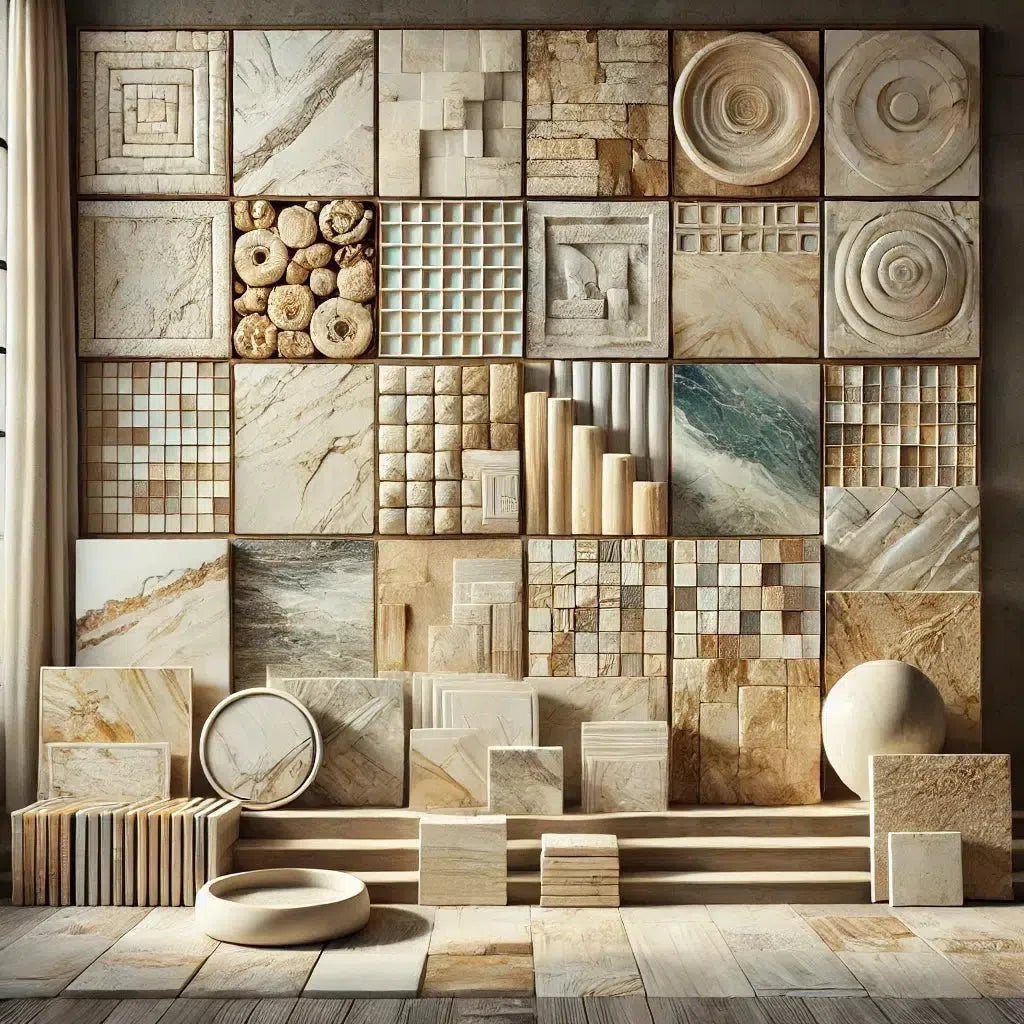 Best Selling Marble Collections
Best Selling Marble Collections
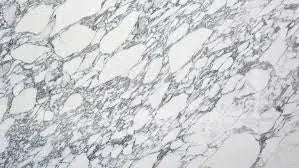 Arabescato Corchia
Arabescato Corchia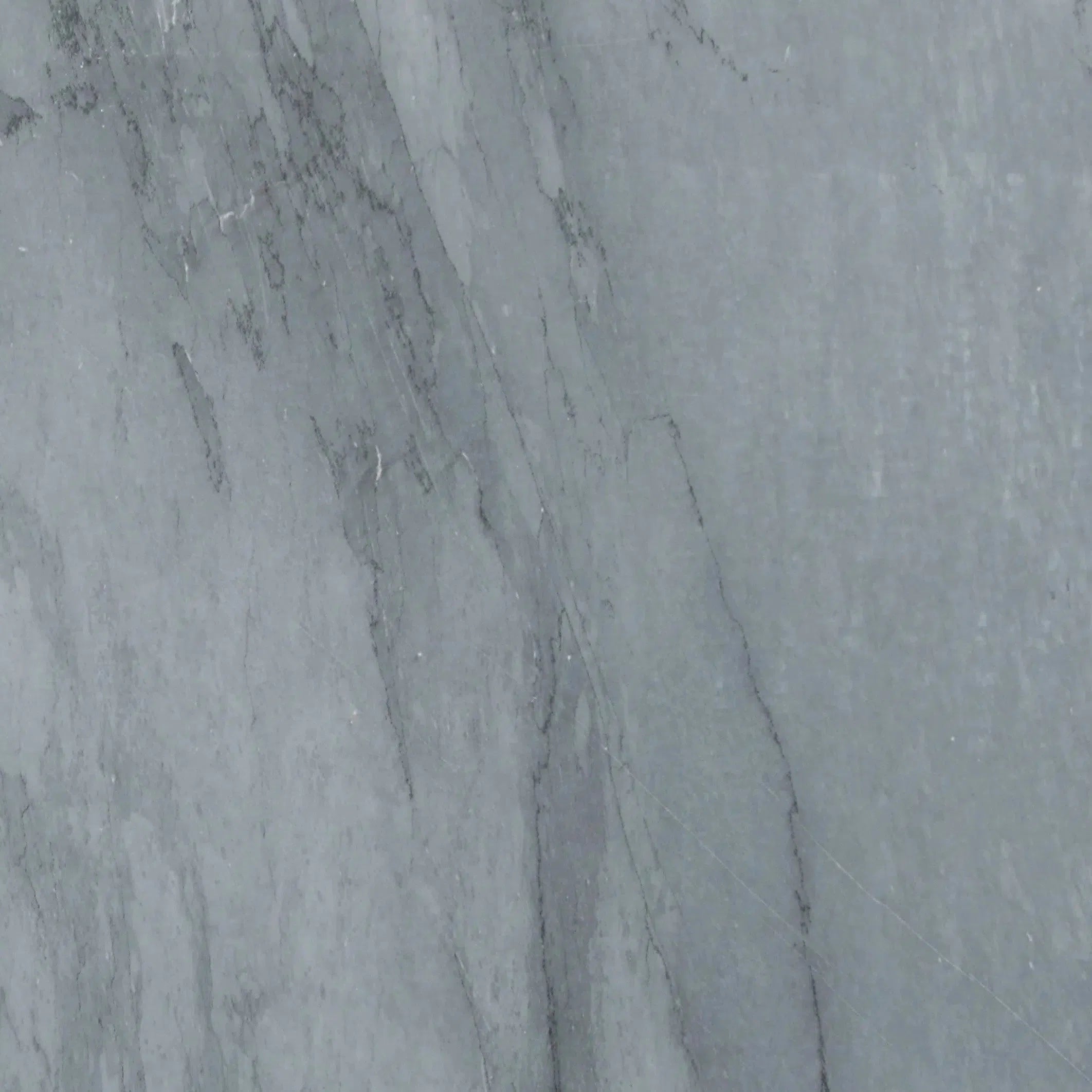 Bardiglio
Bardiglio Bianco Dolomite
Bianco Dolomite 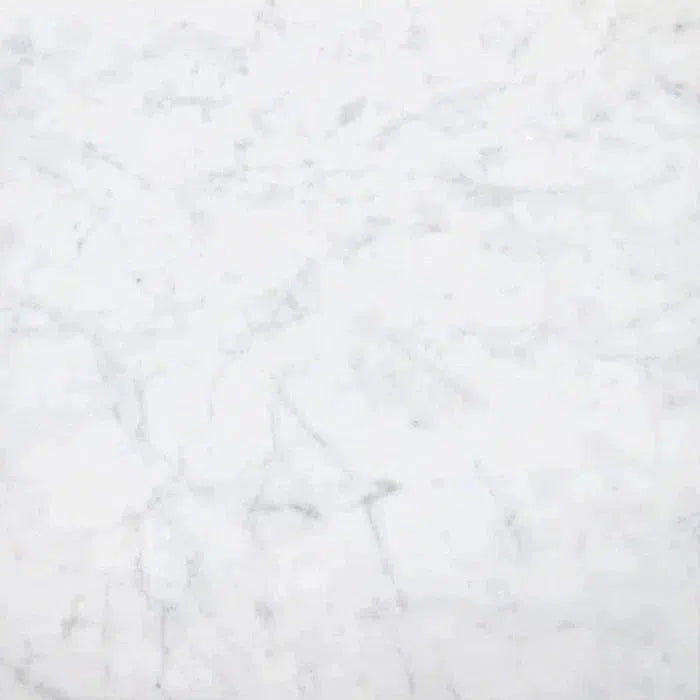 Carrara White
Carrara White 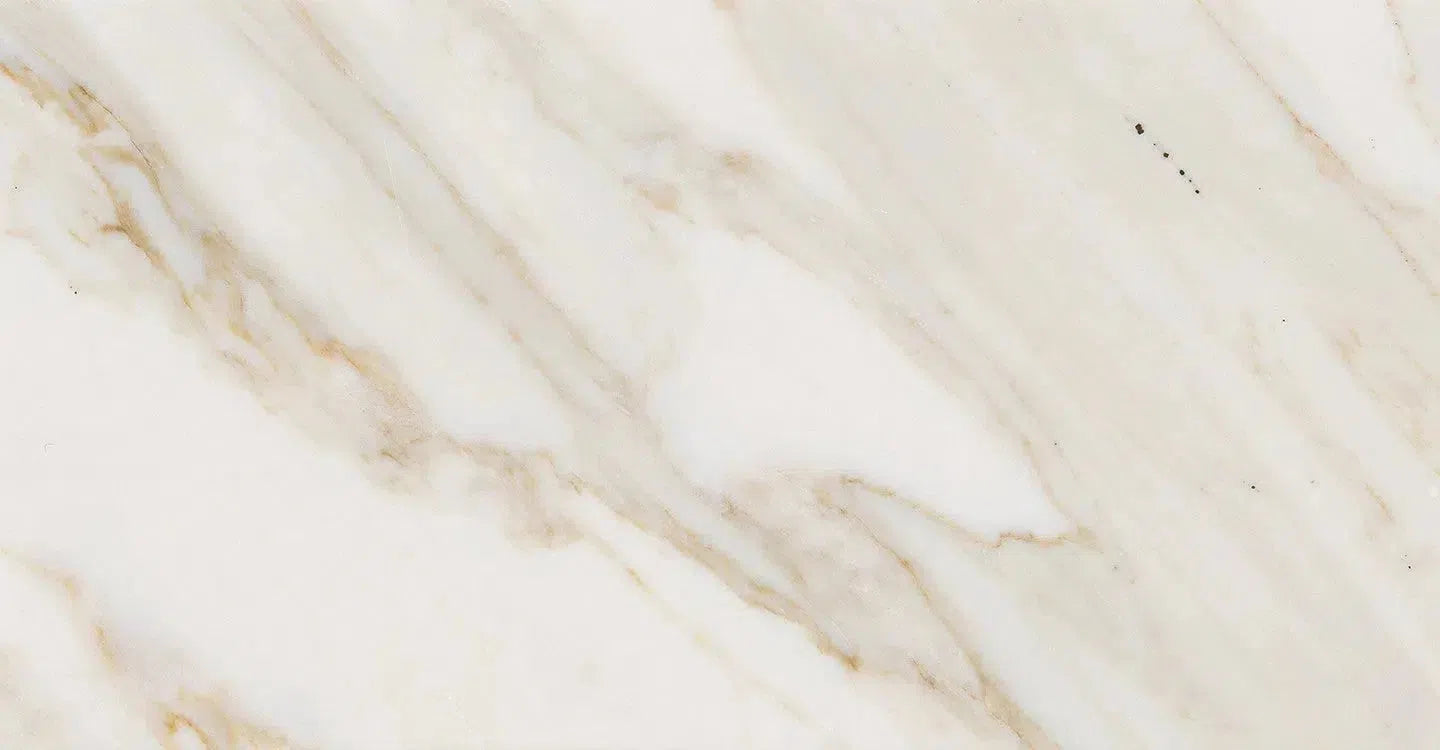 Calacatta Gold
Calacatta Gold Crema Marfil
Crema Marfil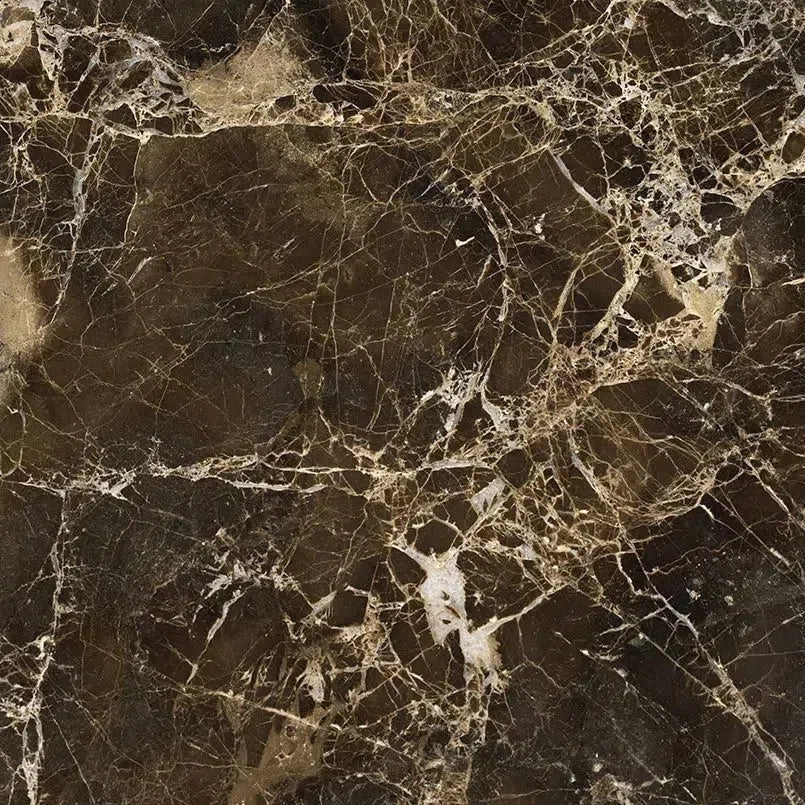 Emperador Dark
Emperador Dark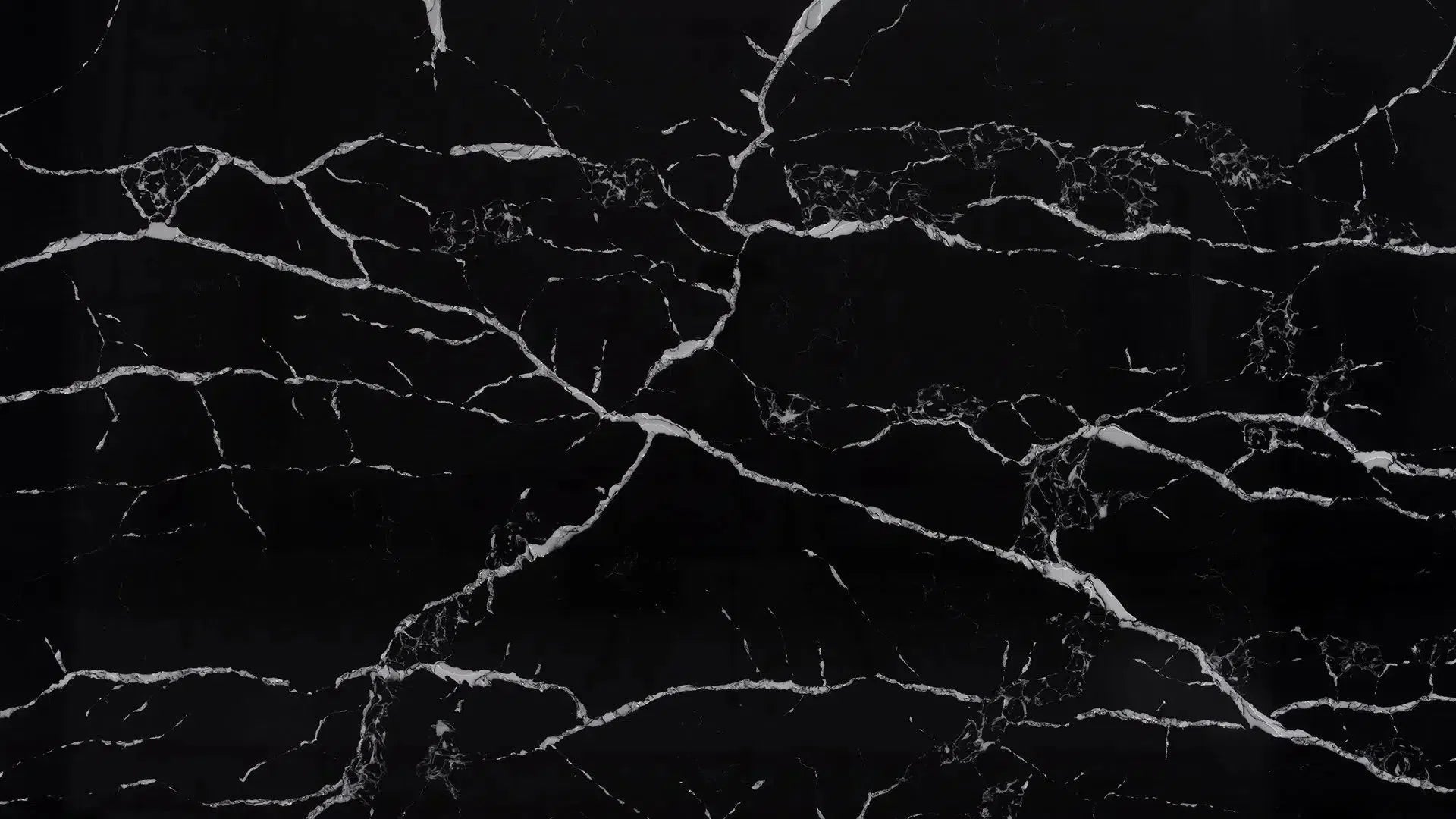 Nero Marquina
Nero Marquina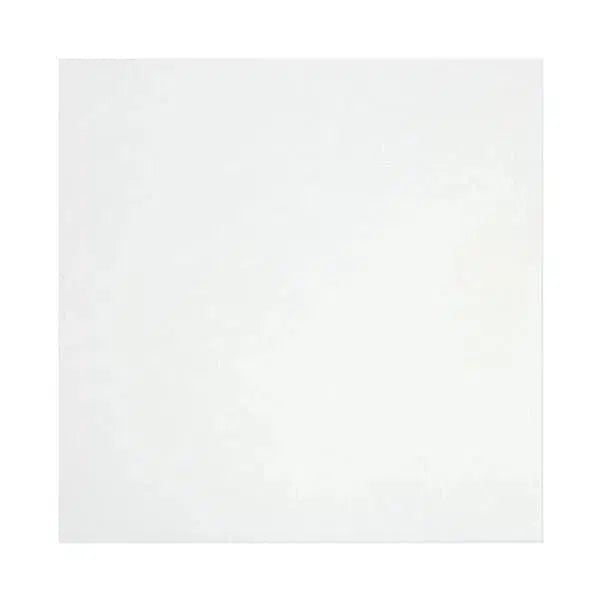 Thassos White
Thassos White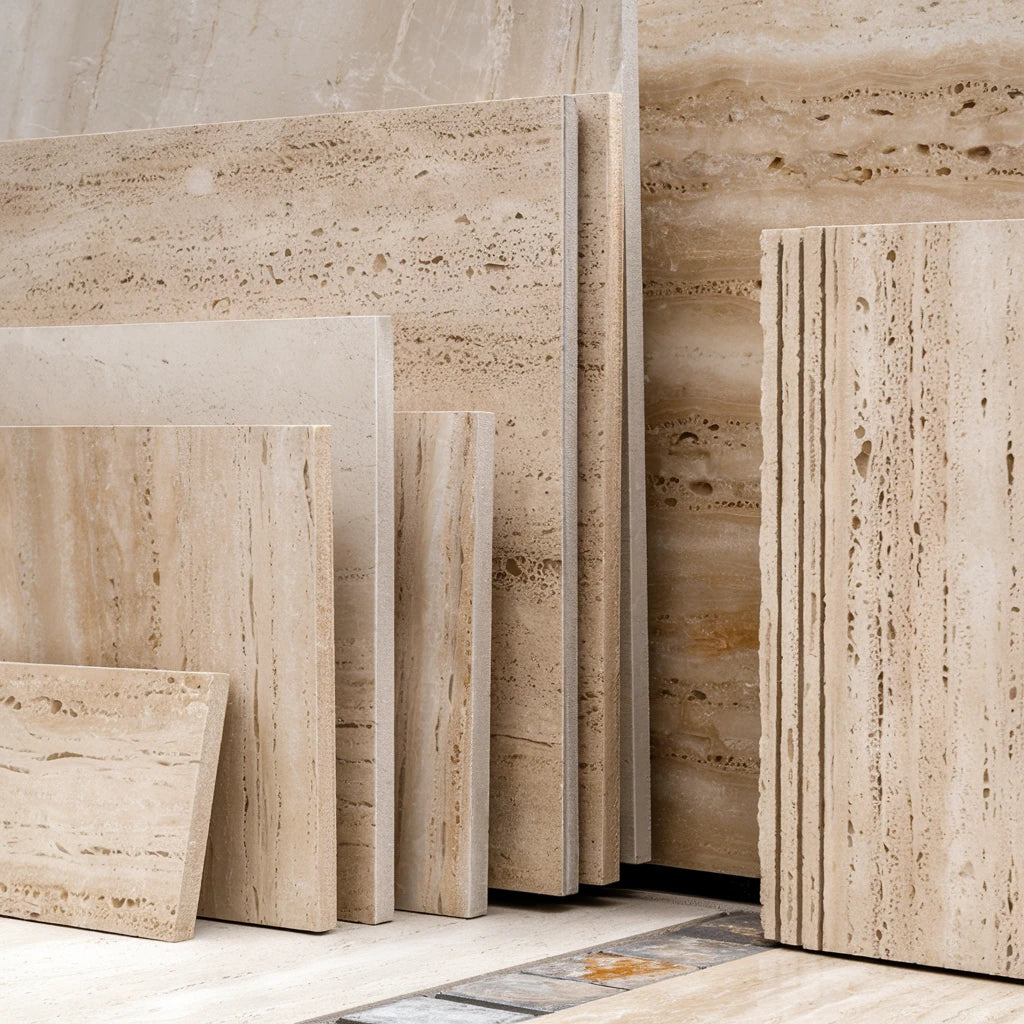 Best Selling Travertine Collections
Best Selling Travertine Collections
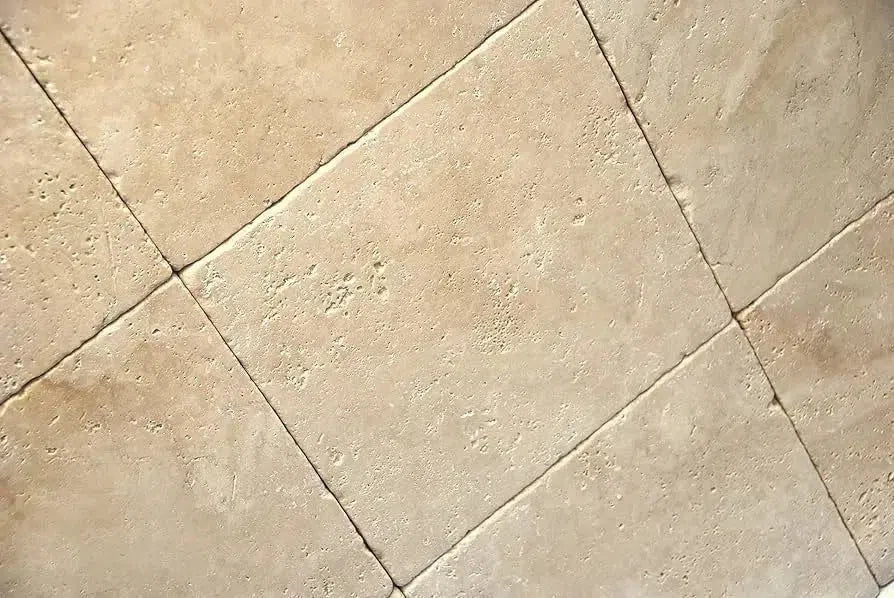 Ivory Travertine
Ivory Travertine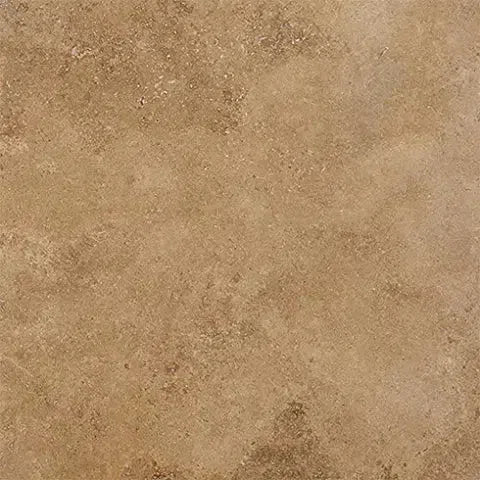 Noce Travertine
Noce Travertine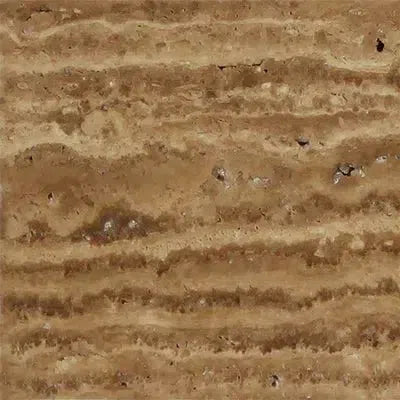 Exotic Noce Travertine
Exotic Noce Travertine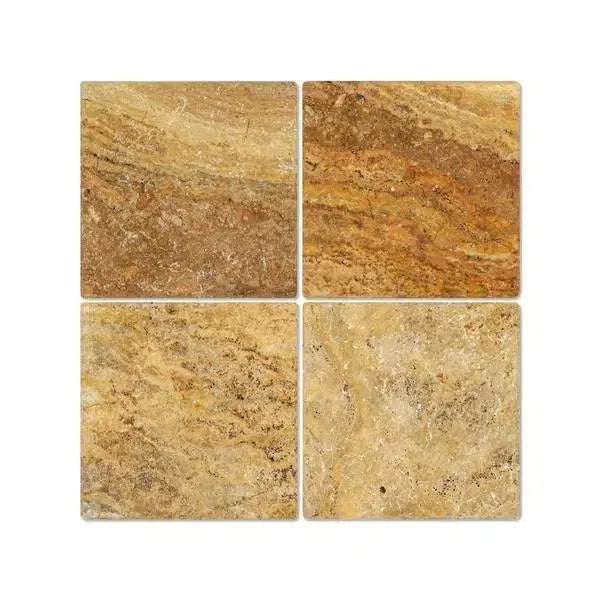 Scabos | Autumn Leaves Travertine
Scabos | Autumn Leaves Travertine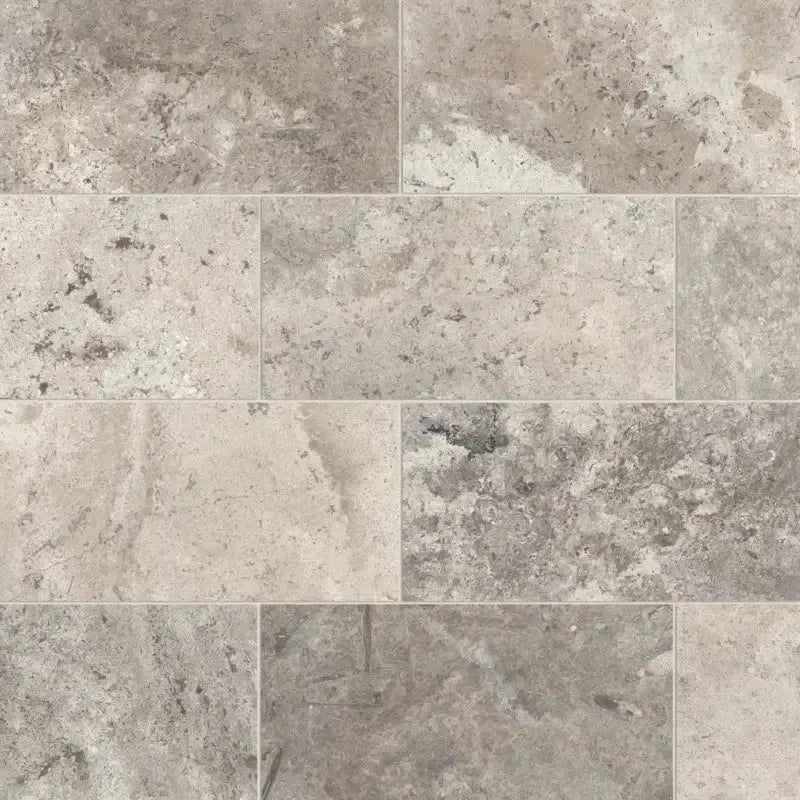 Silver Travertine
Silver Travertine Exotic Travertine
Exotic Travertine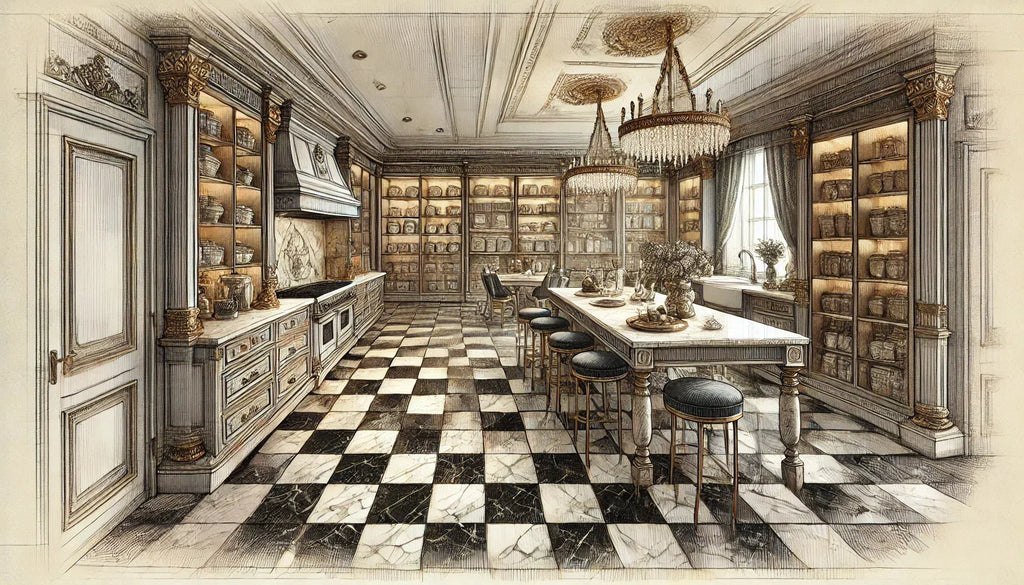 Checkerboard
Checkerboard
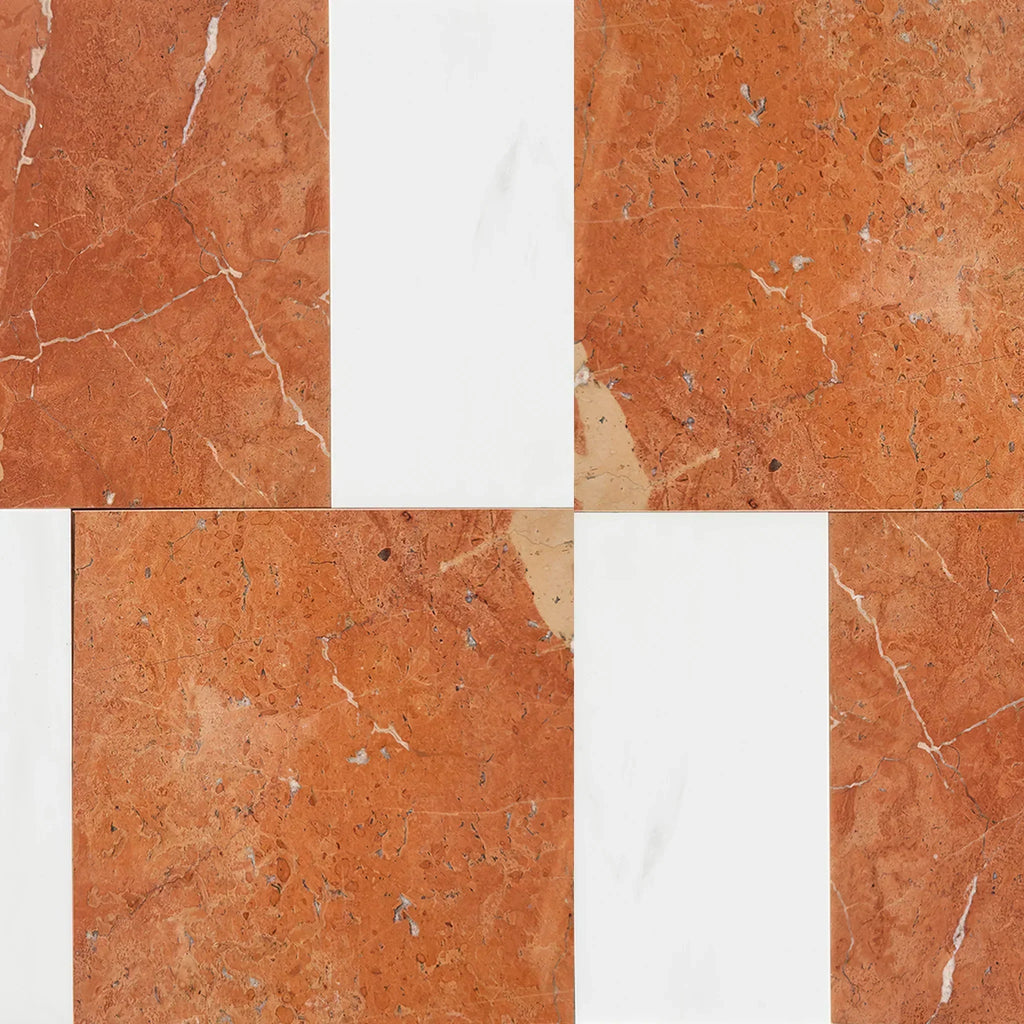 Patterned Tile
Patterned Tile
 Shop By Material
Shop By Material
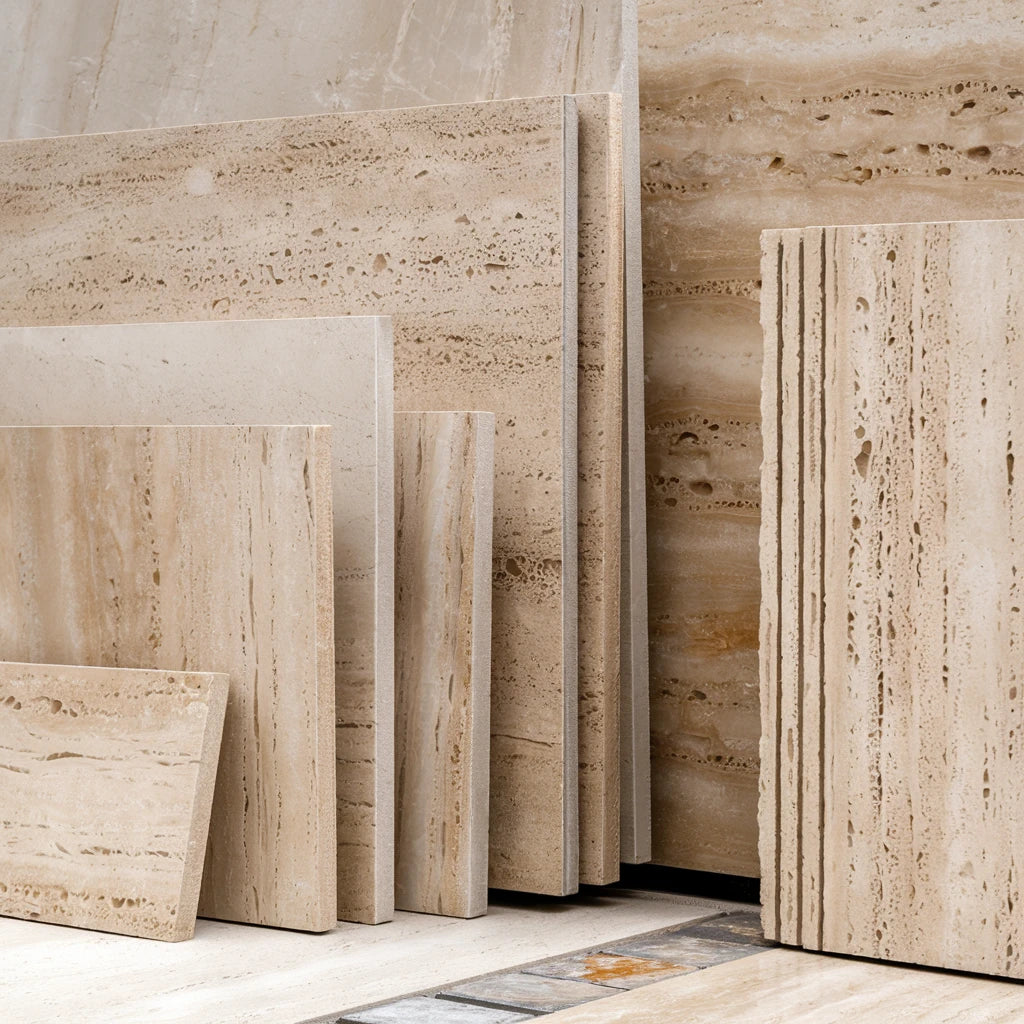 Travertine
Travertine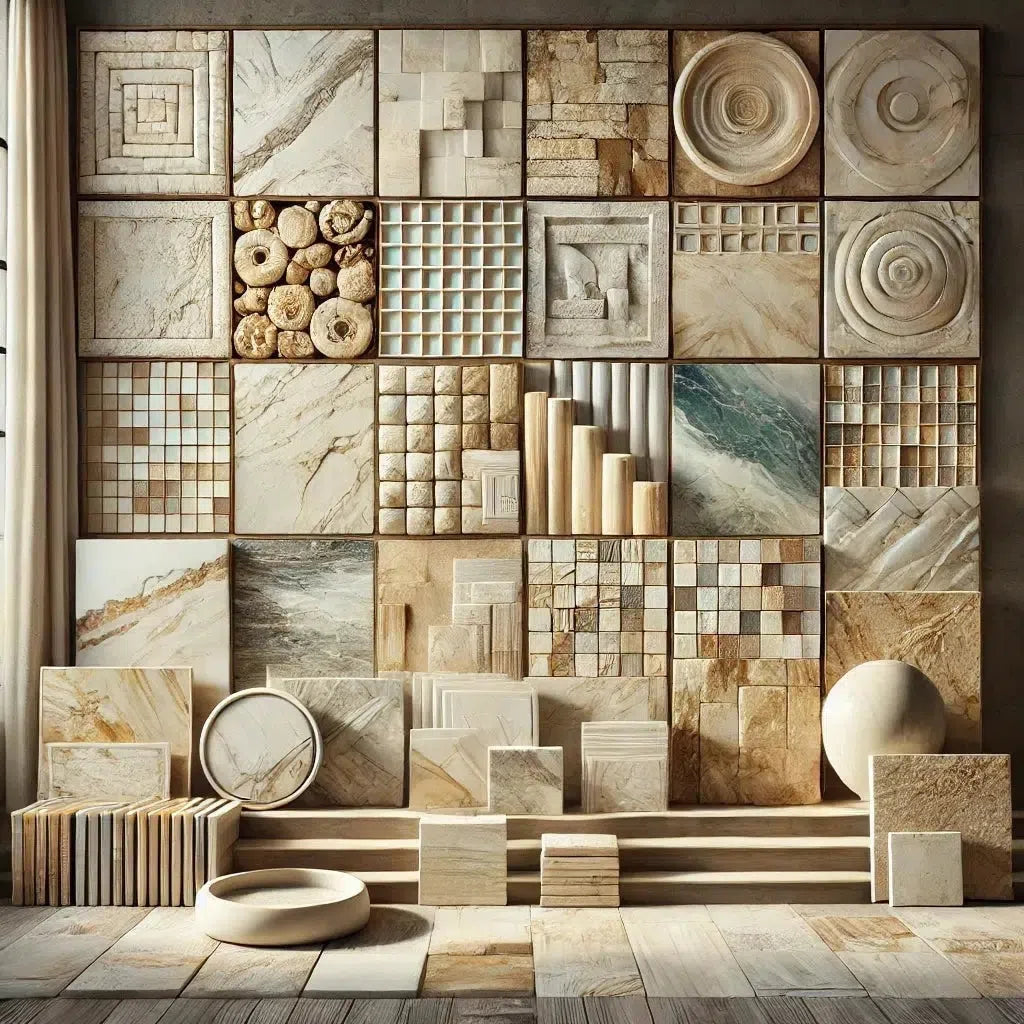 Marble
Marble Limestone
Limestone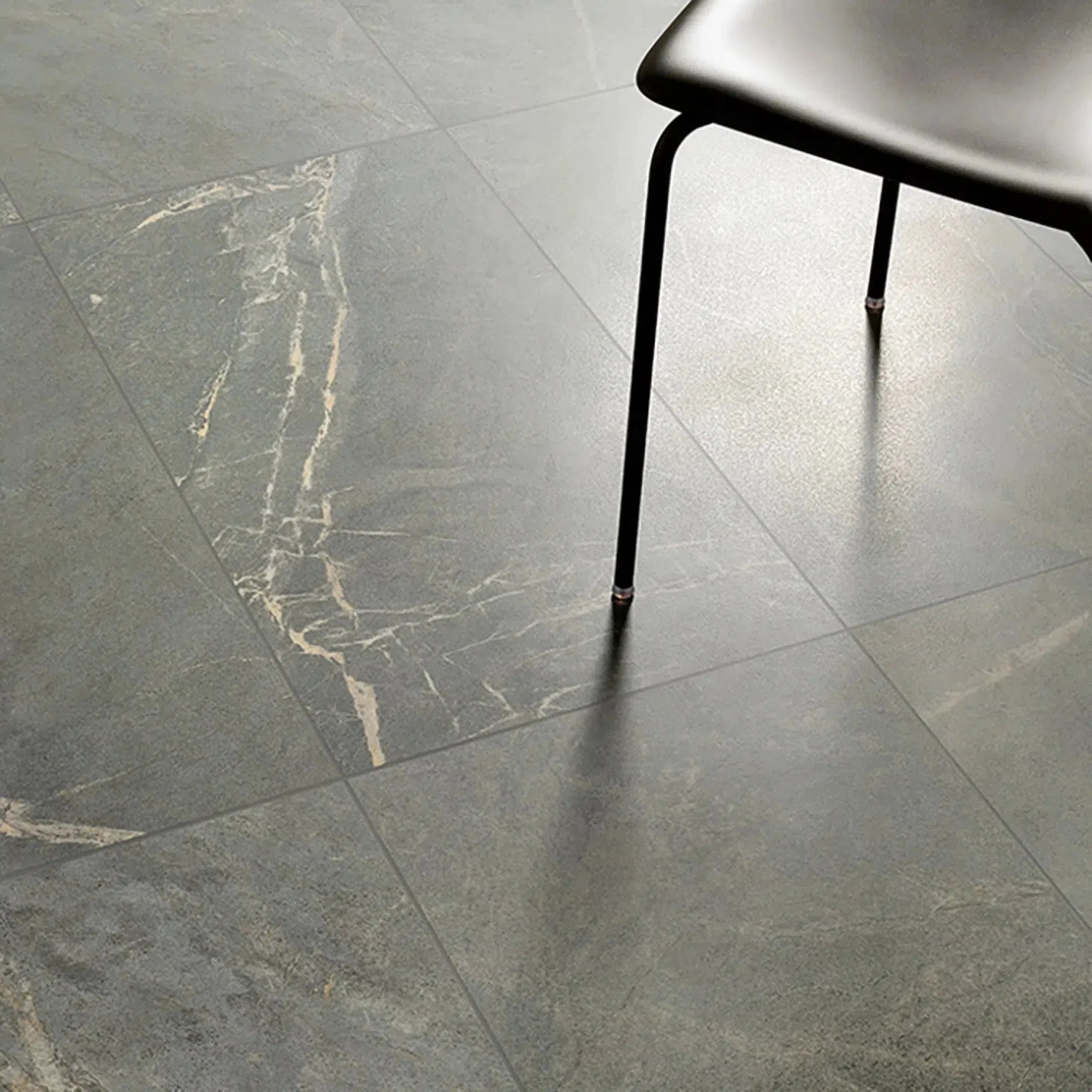 Soap Stone
Soap Stone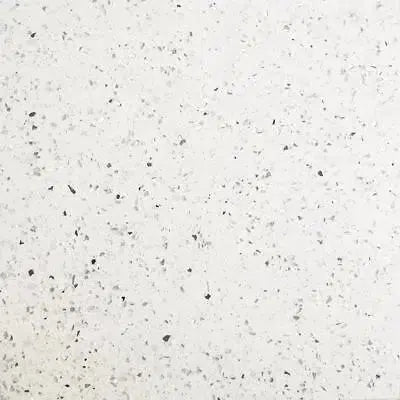 Quartz
Quartz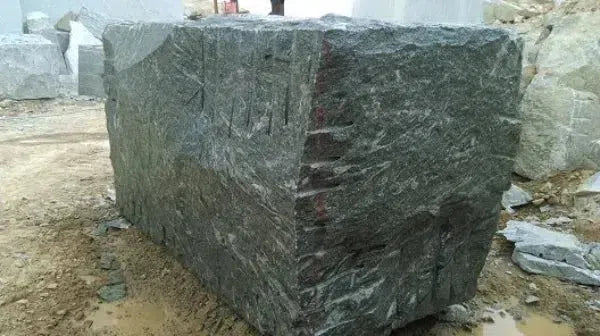 Granite
Granite Shop By Name
Shop By Name
 Absolute Black Granite
Absolute Black Granite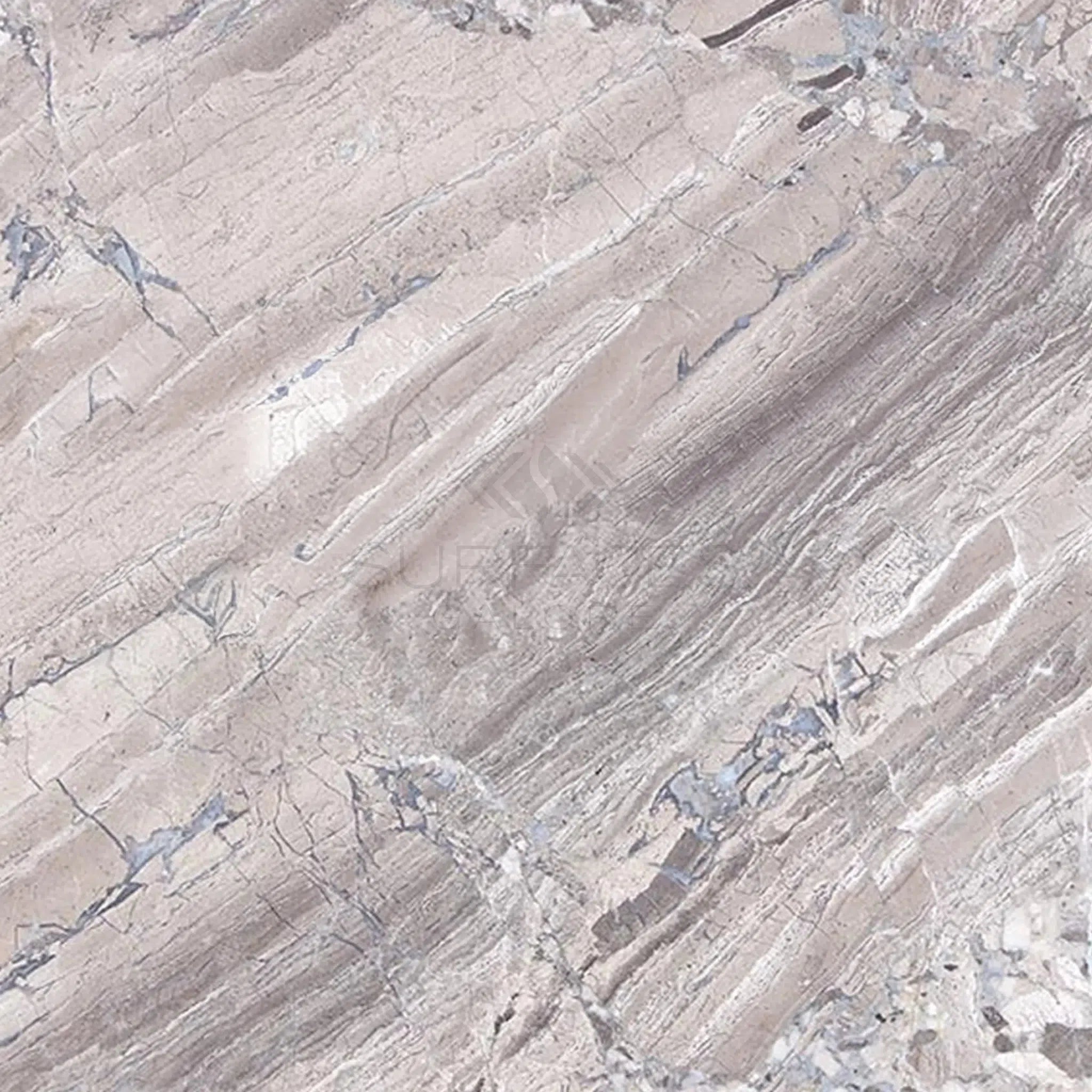 Atlantic Gray Marble
Atlantic Gray Marble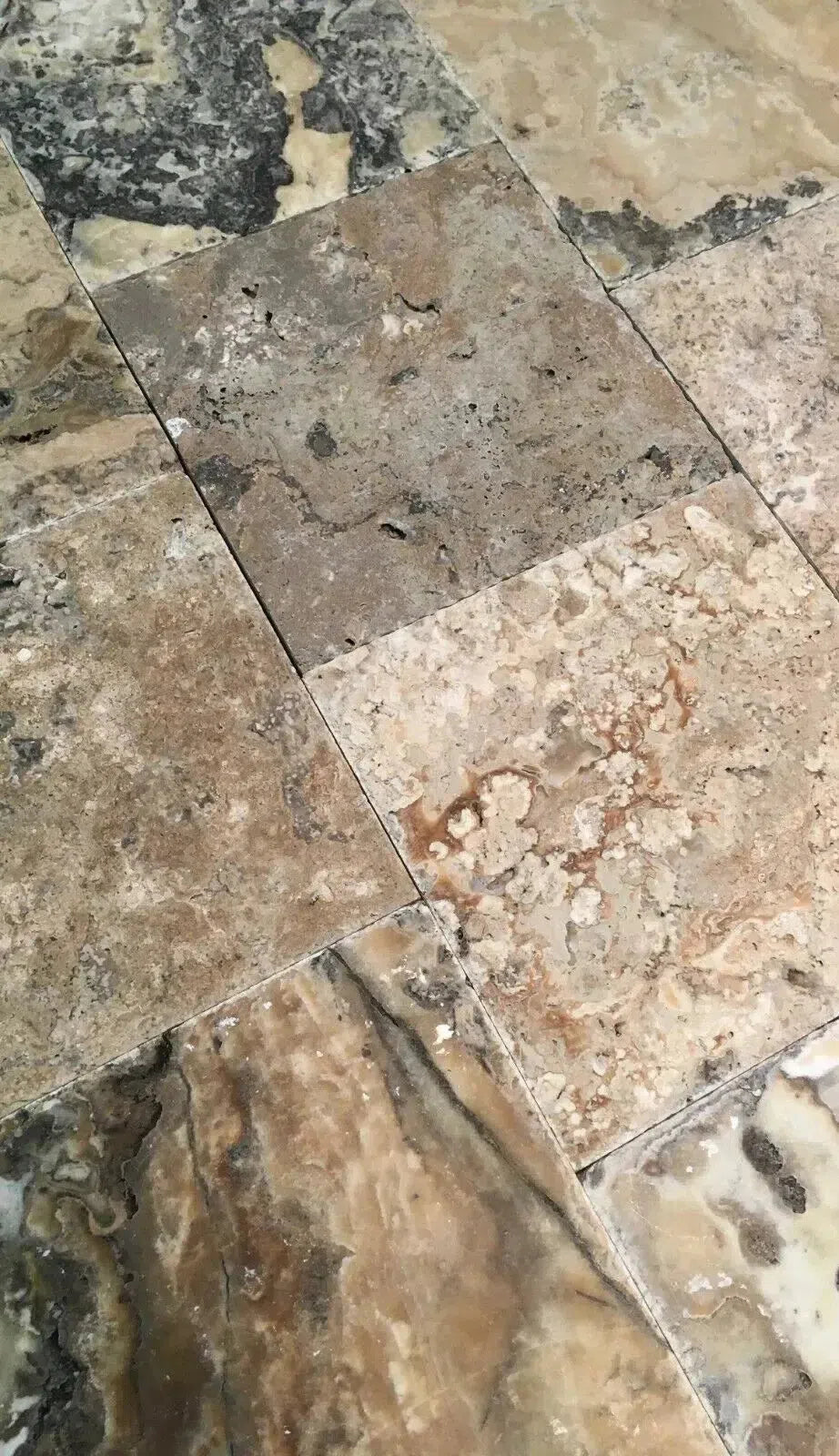 Antico Onyx Travertine
Antico Onyx Travertine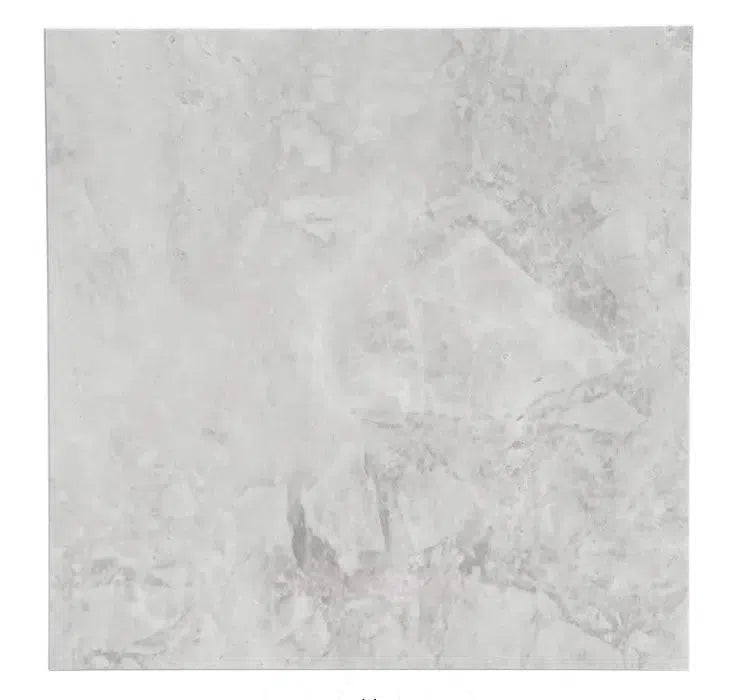 Bianco Congelato Dolomite
Bianco Congelato Dolomite Bianco Venatino (Bianco Mare) Marble
Bianco Venatino (Bianco Mare) Marble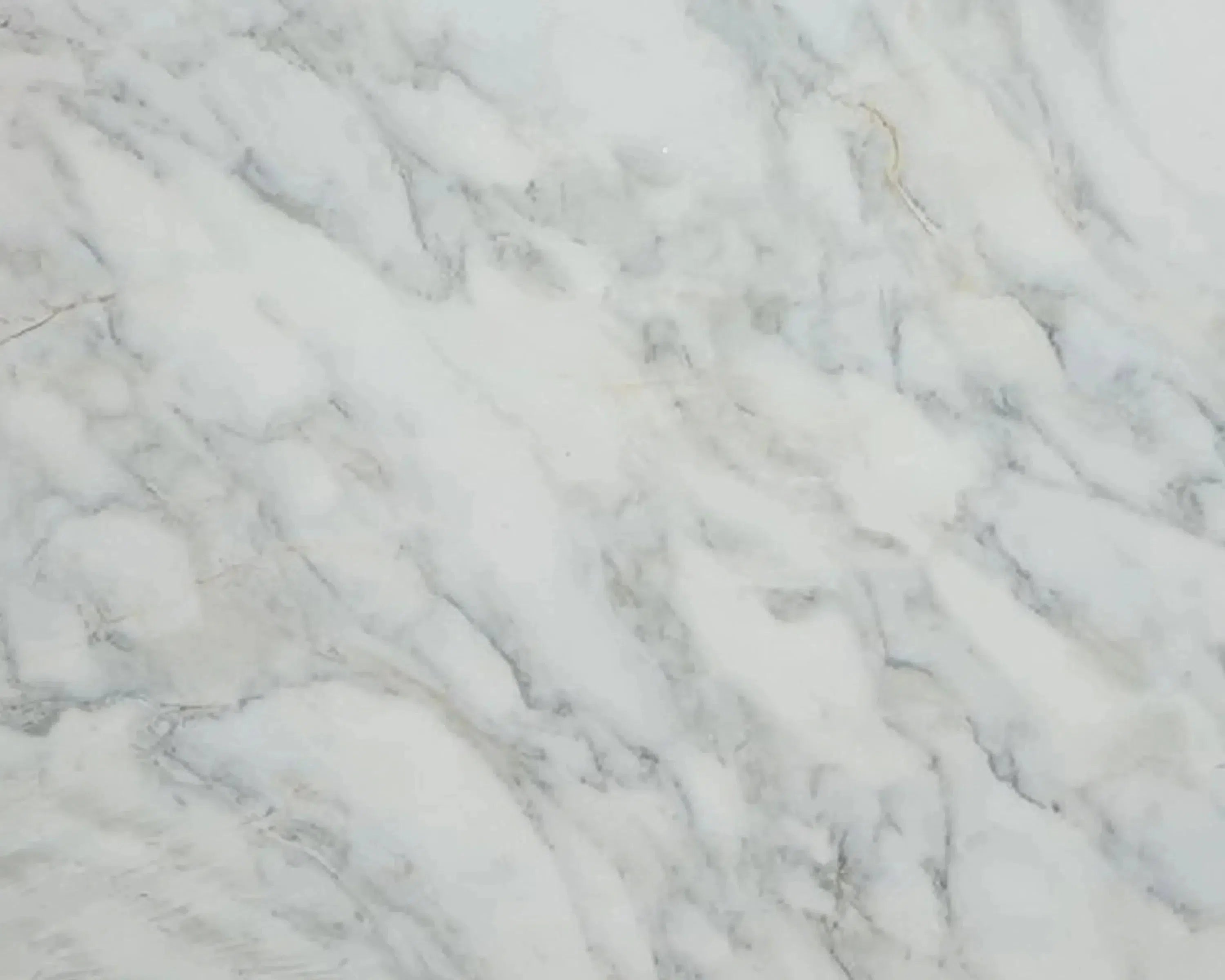 Calacatta Oliva Marble
Calacatta Oliva Marble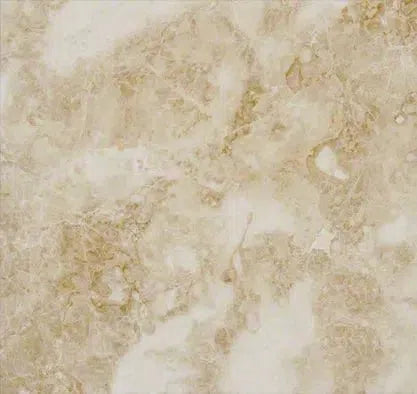 Cappuccino Marble
Cappuccino Marble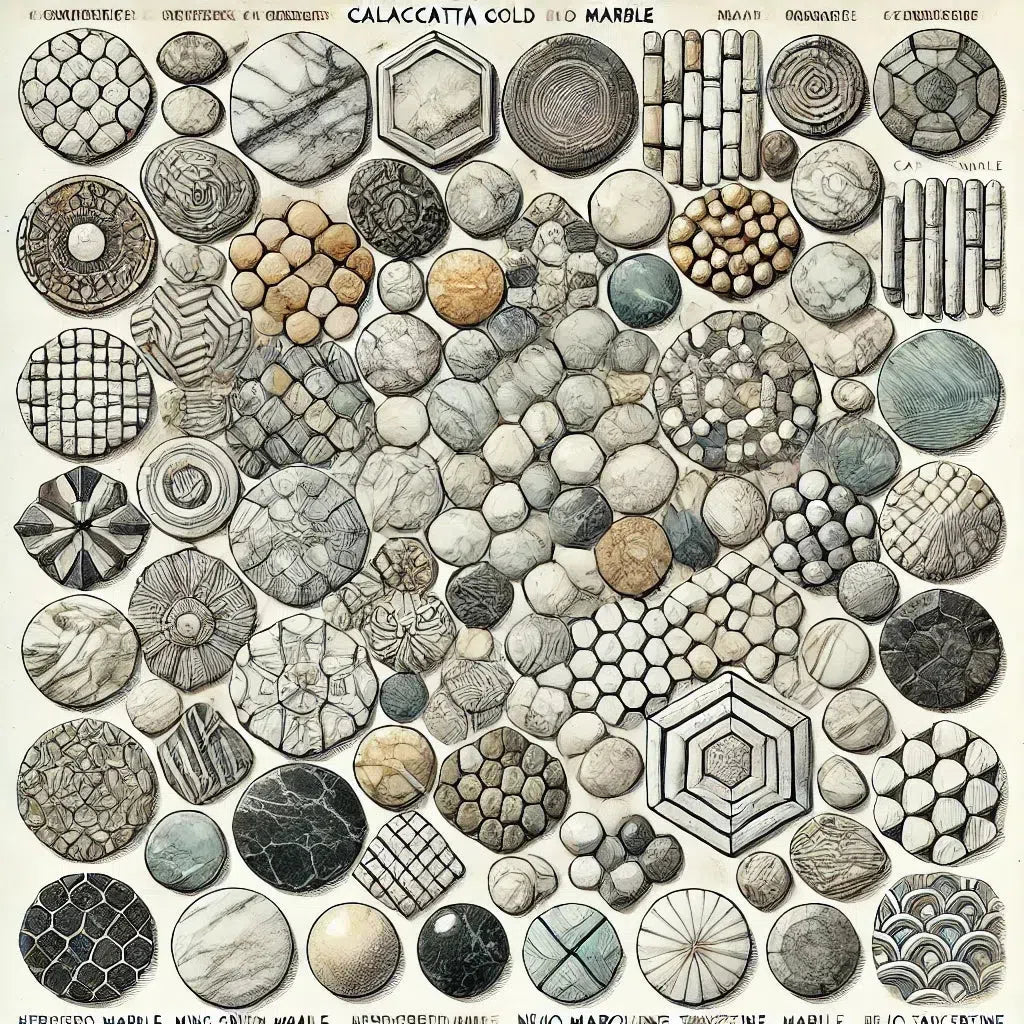 Custom-Made Mosaic
Custom-Made Mosaic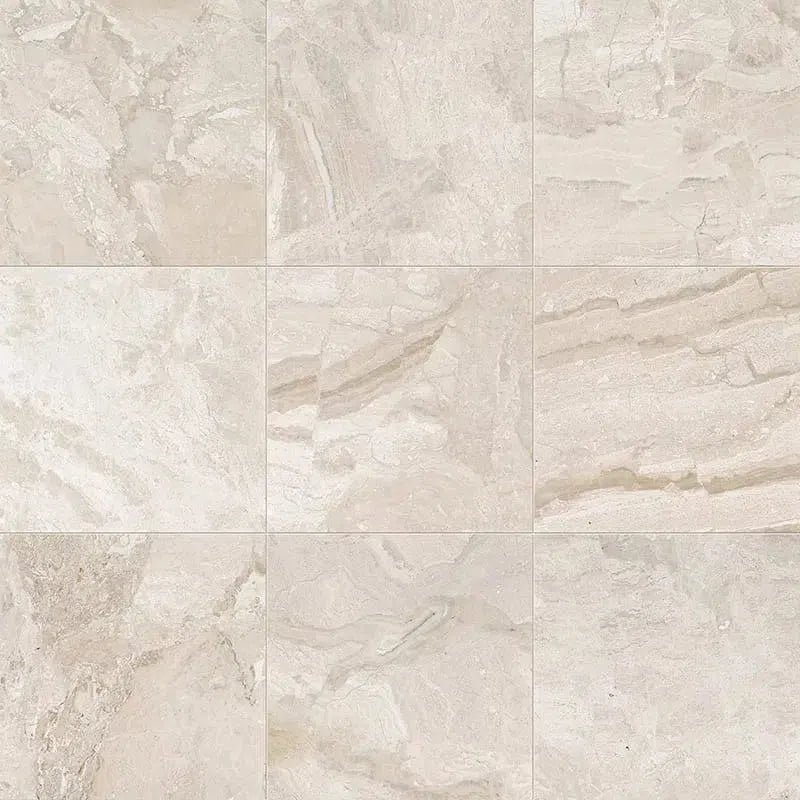 Diano Royal (Queen Beige) Marble
Diano Royal (Queen Beige) Marble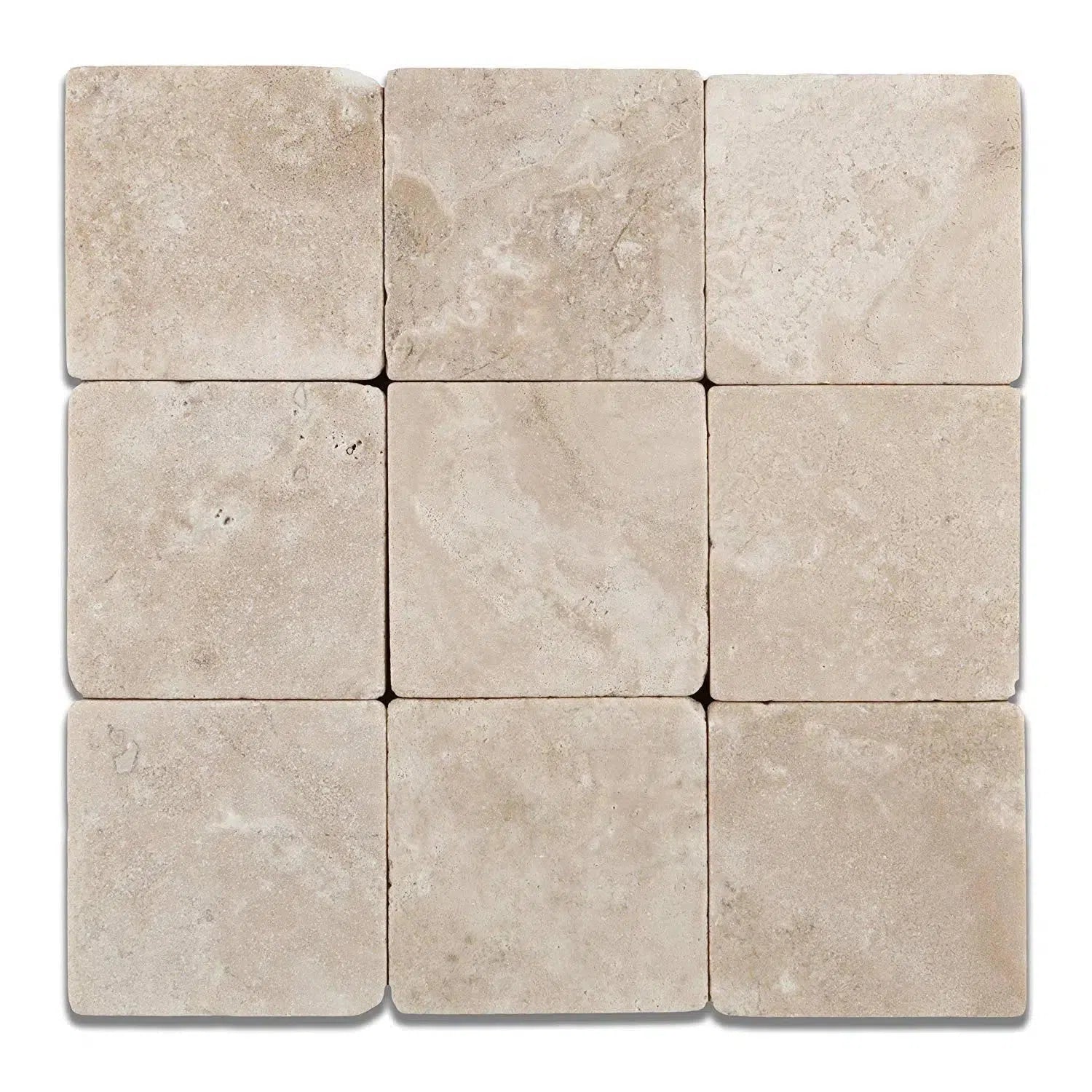 Durango Cream Traverine
Durango Cream Traverine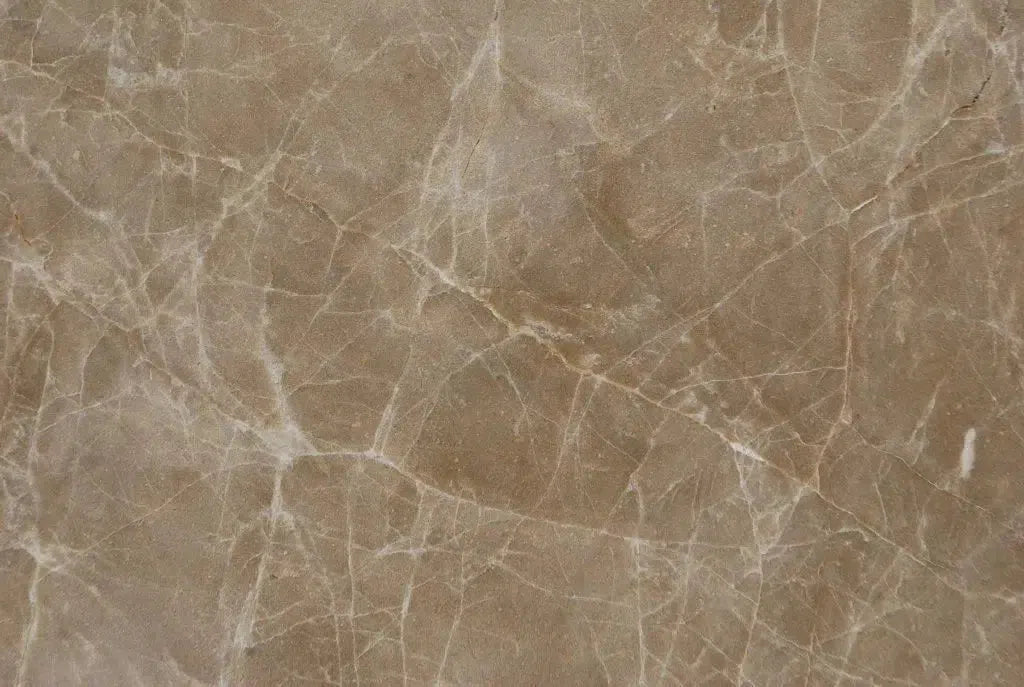 Emperador Light Marble
Emperador Light Marble Empress Green Marble
Empress Green Marble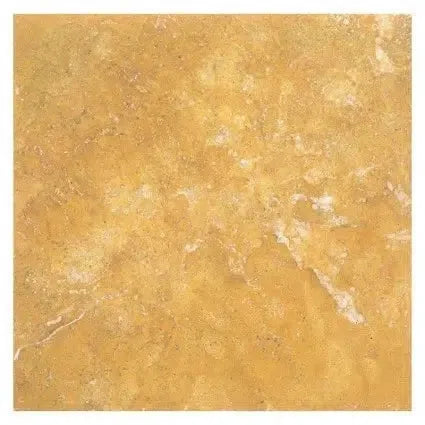 Gold/Yellow Travertine
Gold/Yellow Travertine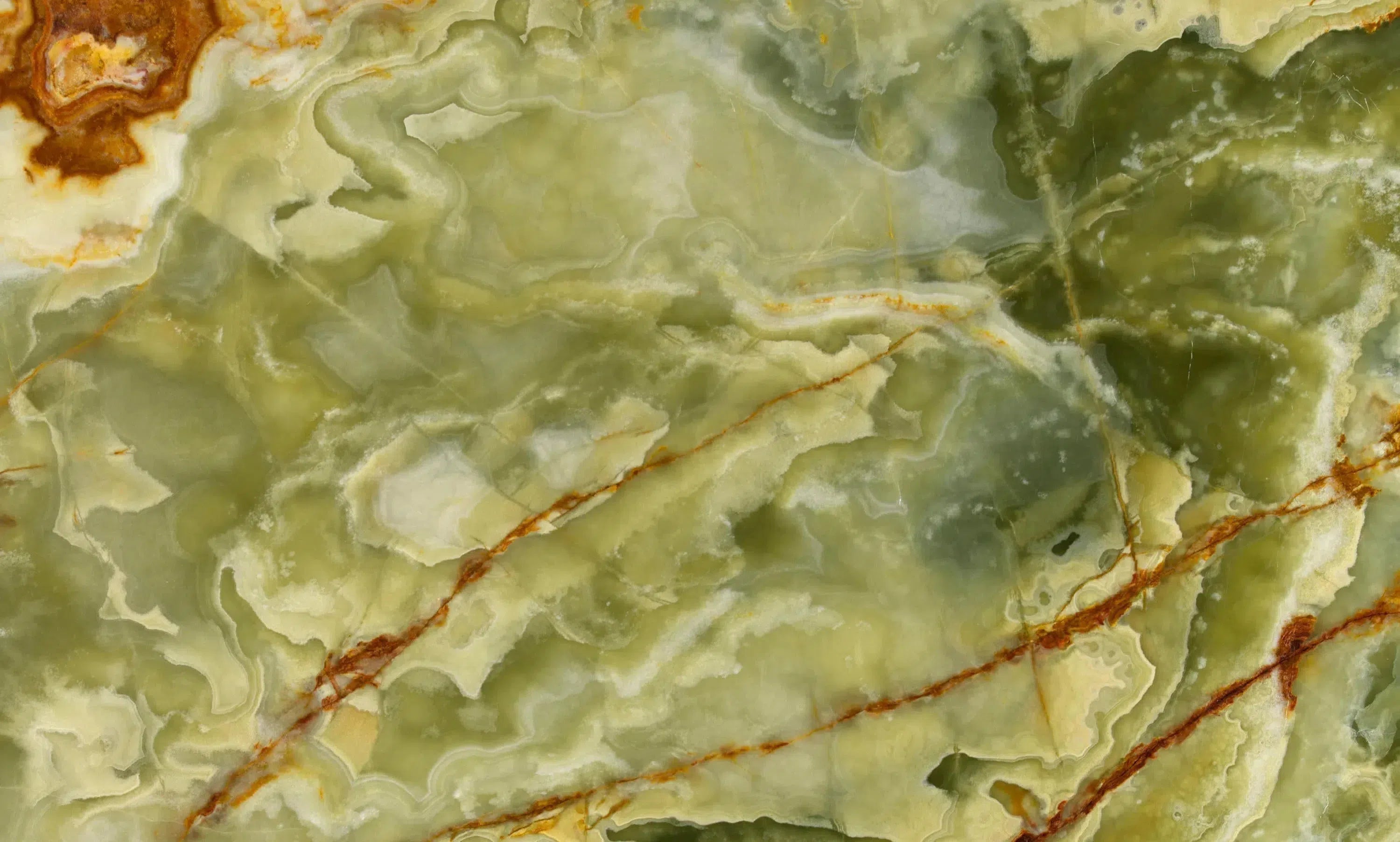 Green Onyx Marble
Green Onyx Marble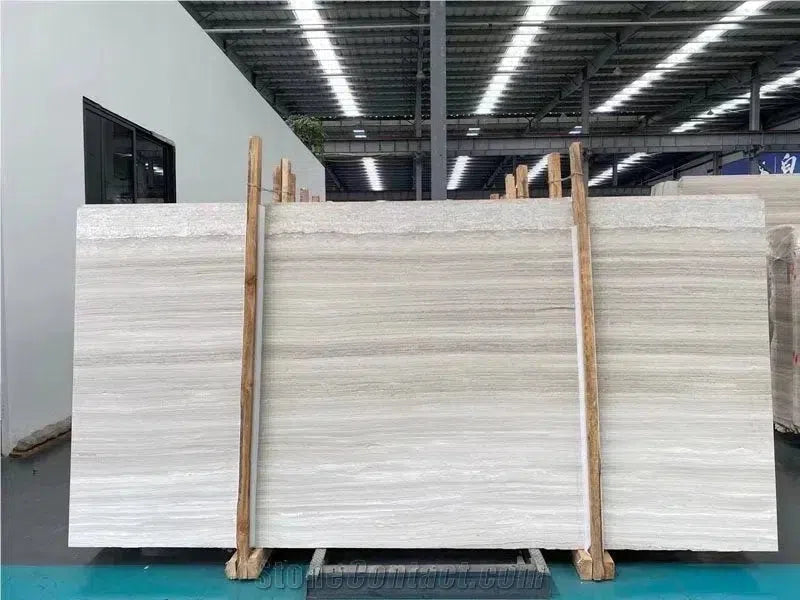 Haisa Light (White Wood) Limestone
Haisa Light (White Wood) Limestone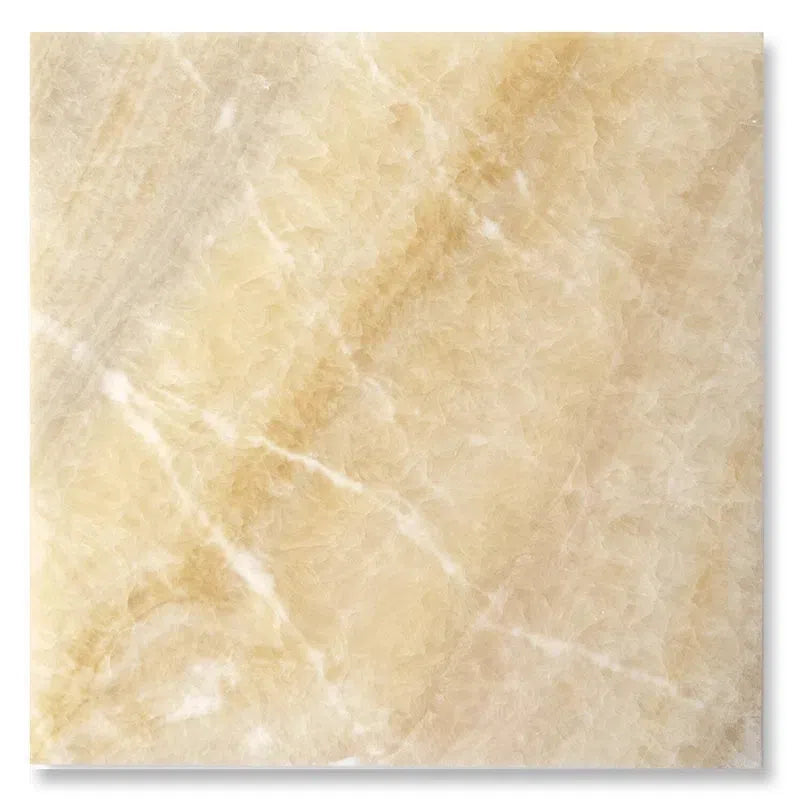 Honey Onyx Marble
Honey Onyx Marble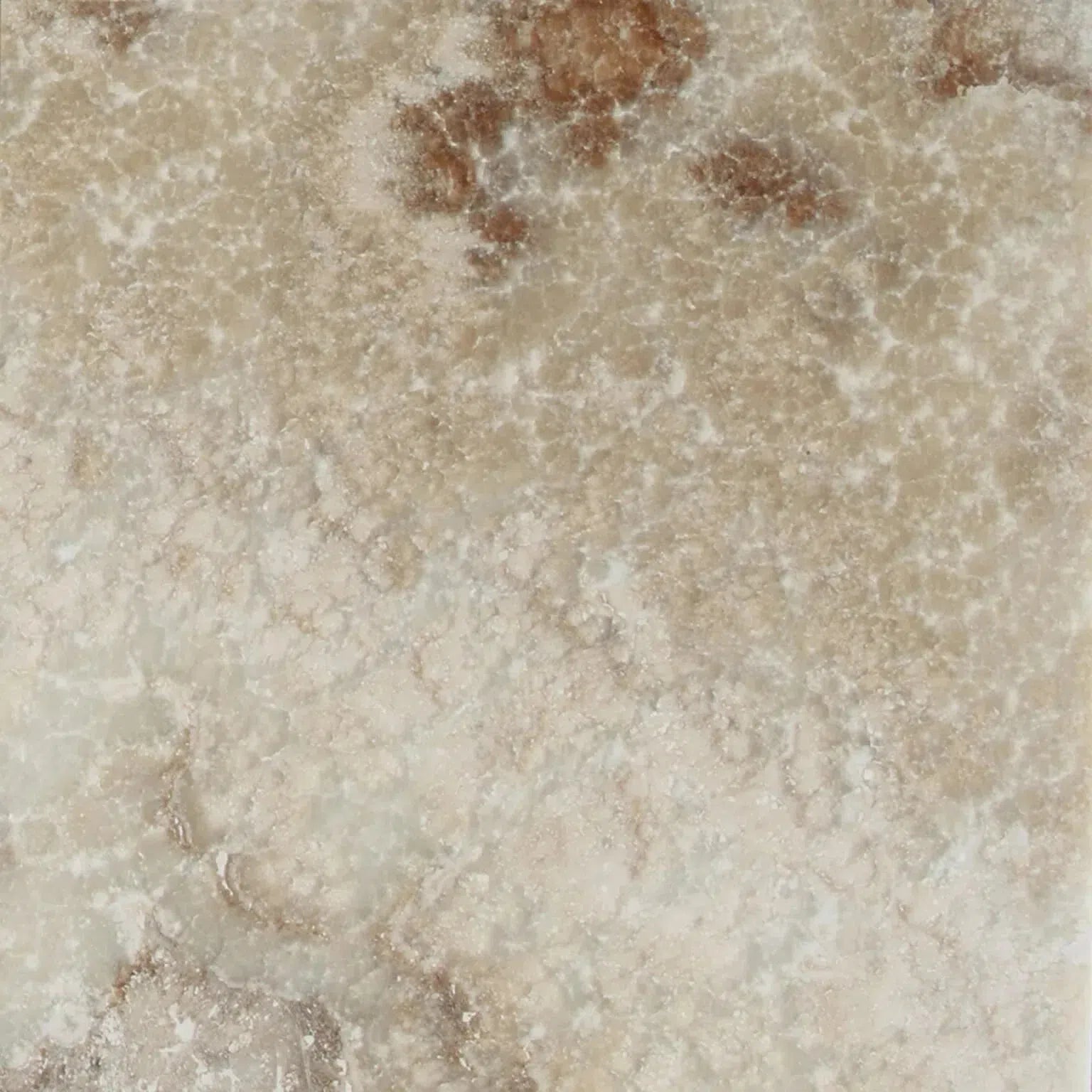 La Travonya Travertine
La Travonya Travertine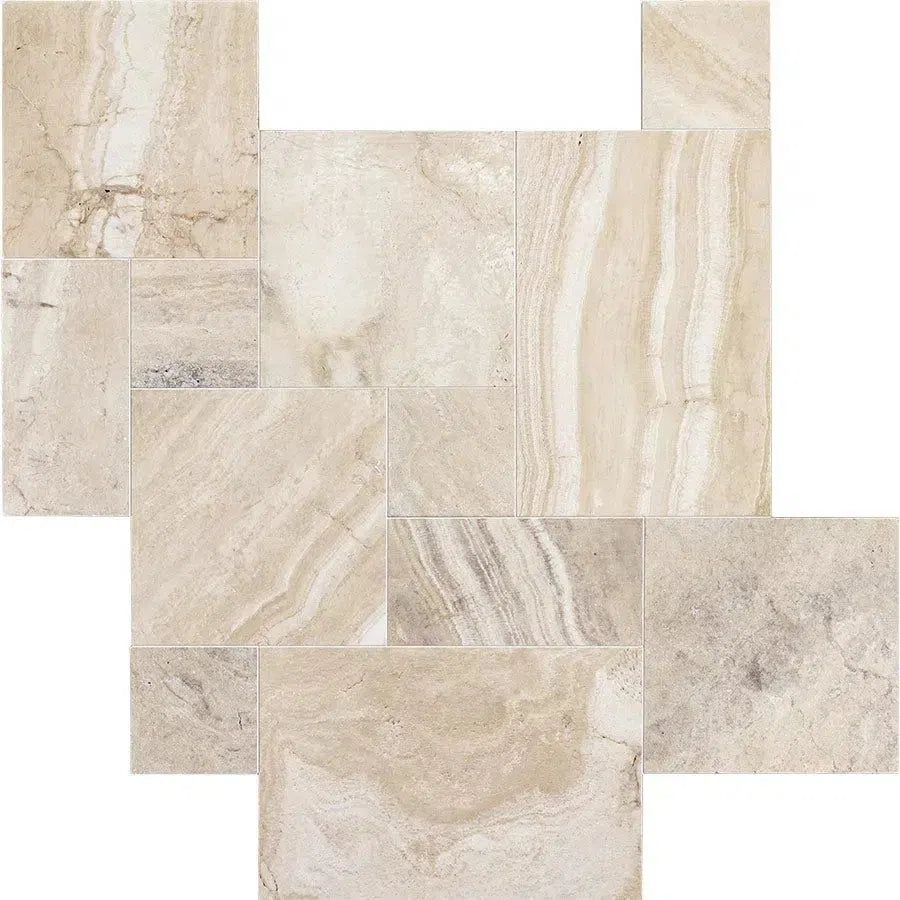 Malibu Travertine
Malibu Travertine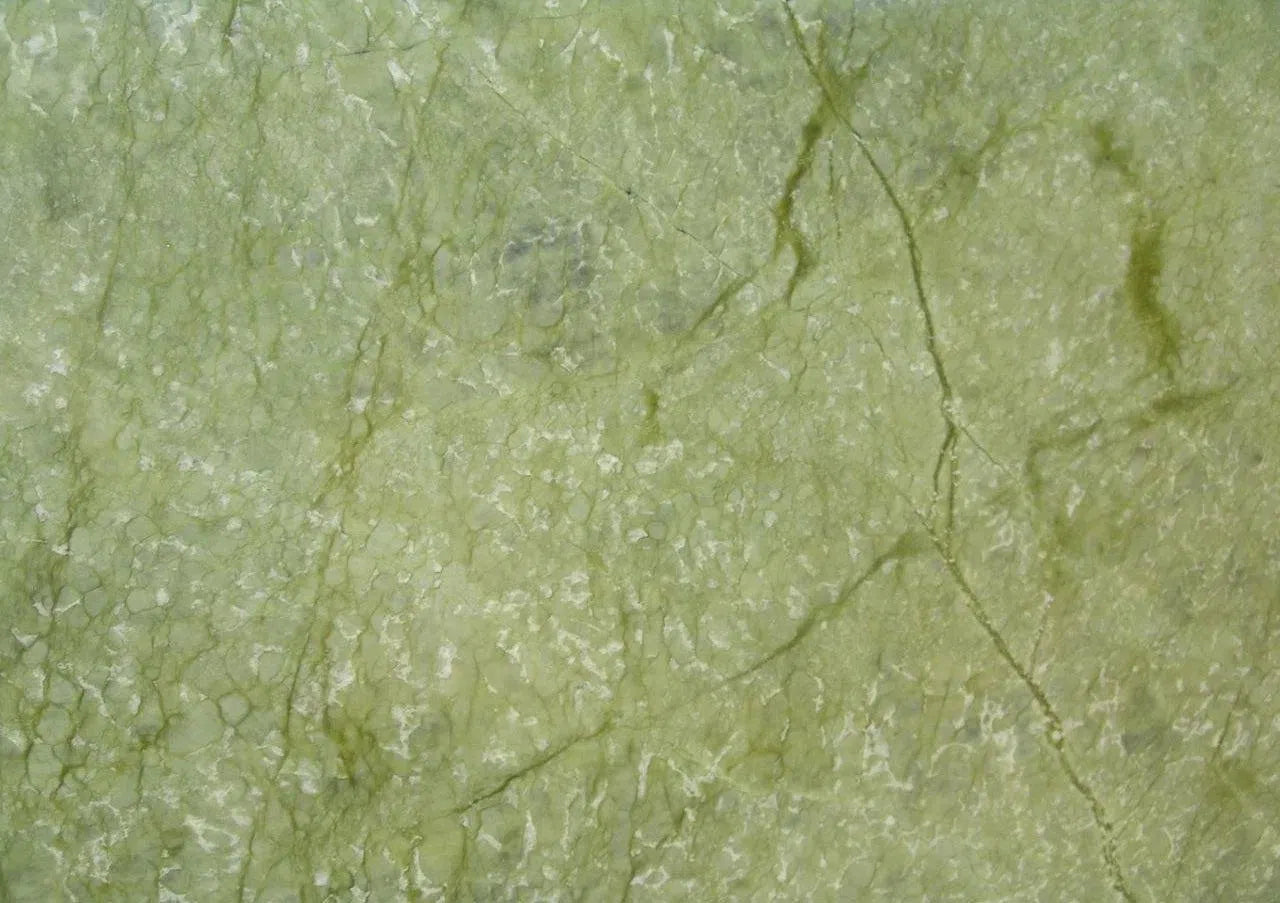 Ming Green Marble
Ming Green Marble Mink (Equator) Marble
Mink (Equator) Marble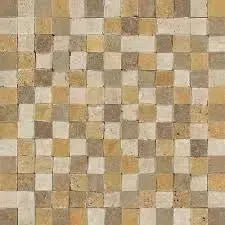 Mixed (Ivory-Noce-Gold) Travertine
Mixed (Ivory-Noce-Gold) Travertine Oriental White Marble
Oriental White Marble Pierre Bleue (Pierre Blue) Marble
Pierre Bleue (Pierre Blue) Marble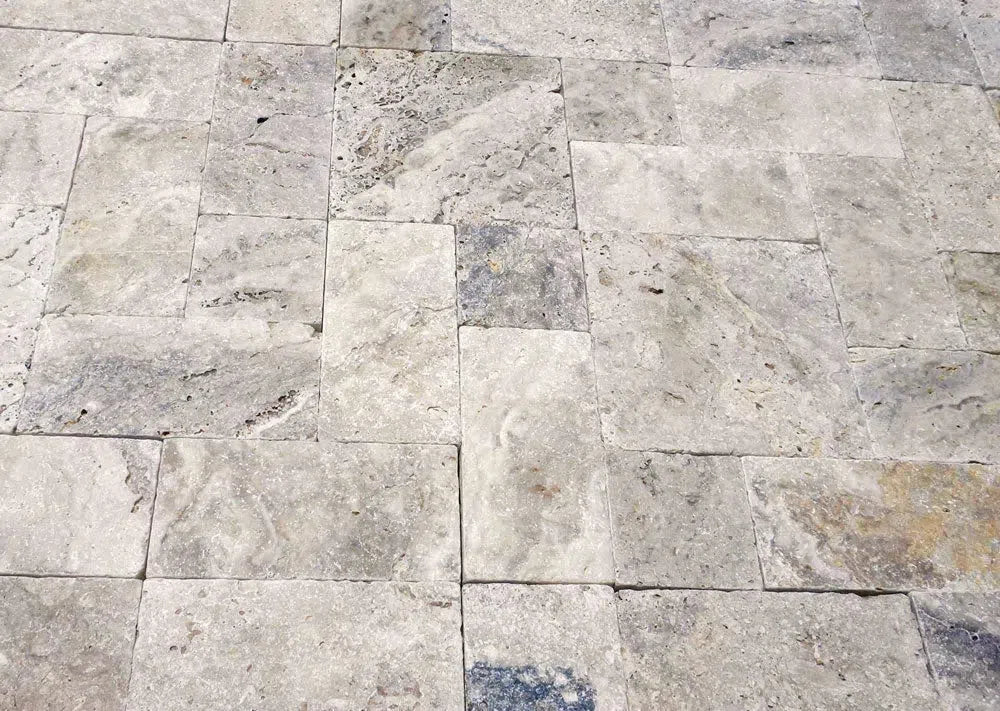 Philadelphia Travertine
Philadelphia Travertine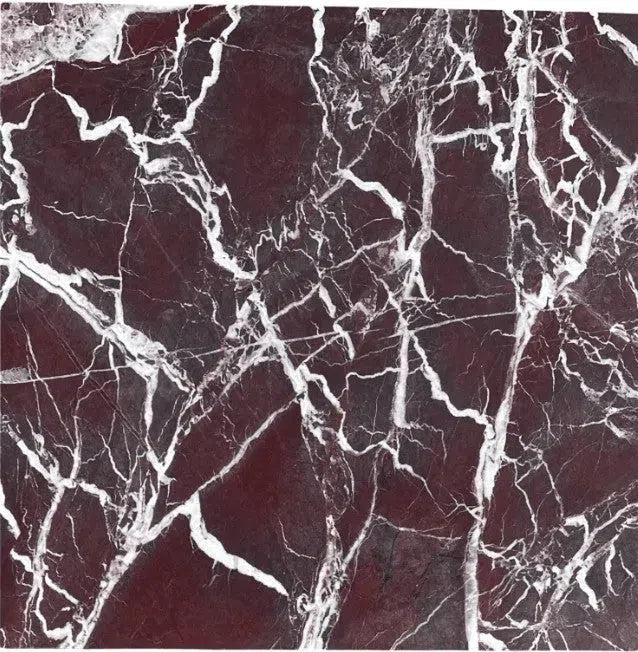 Rosso Levanto Marble
Rosso Levanto Marble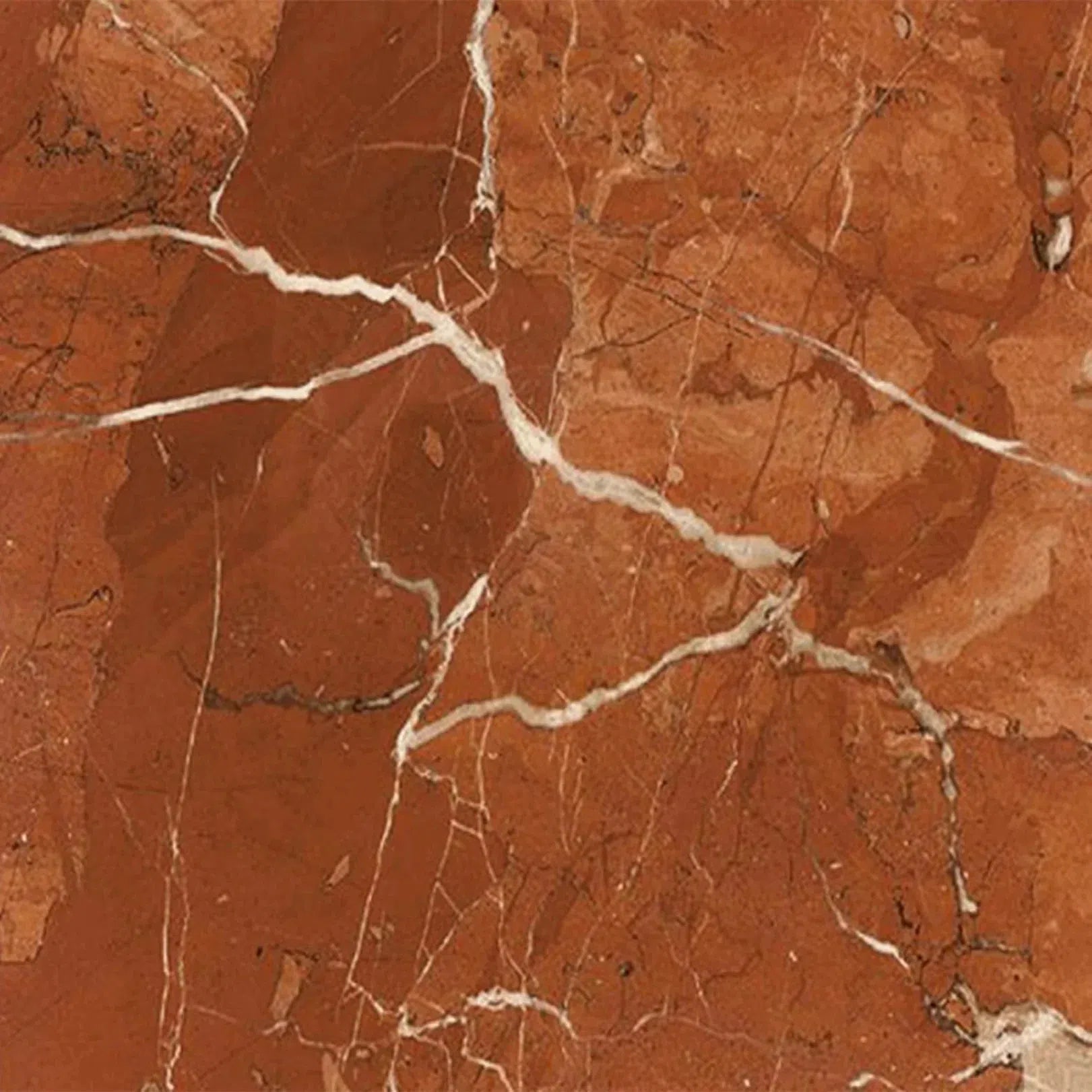 Rojo Alicante Marble
Rojo Alicante Marble Sky Blue | Azul Cielo Marble
Sky Blue | Azul Cielo Marble Snow White (Afyon White) Marble
Snow White (Afyon White) Marble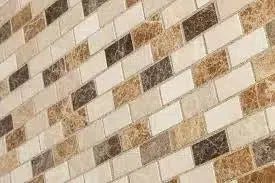 Spanish Mix Marble
Spanish Mix Marble Statuary - Statuario White (Italian) Marble
Statuary - Statuario White (Italian) Marble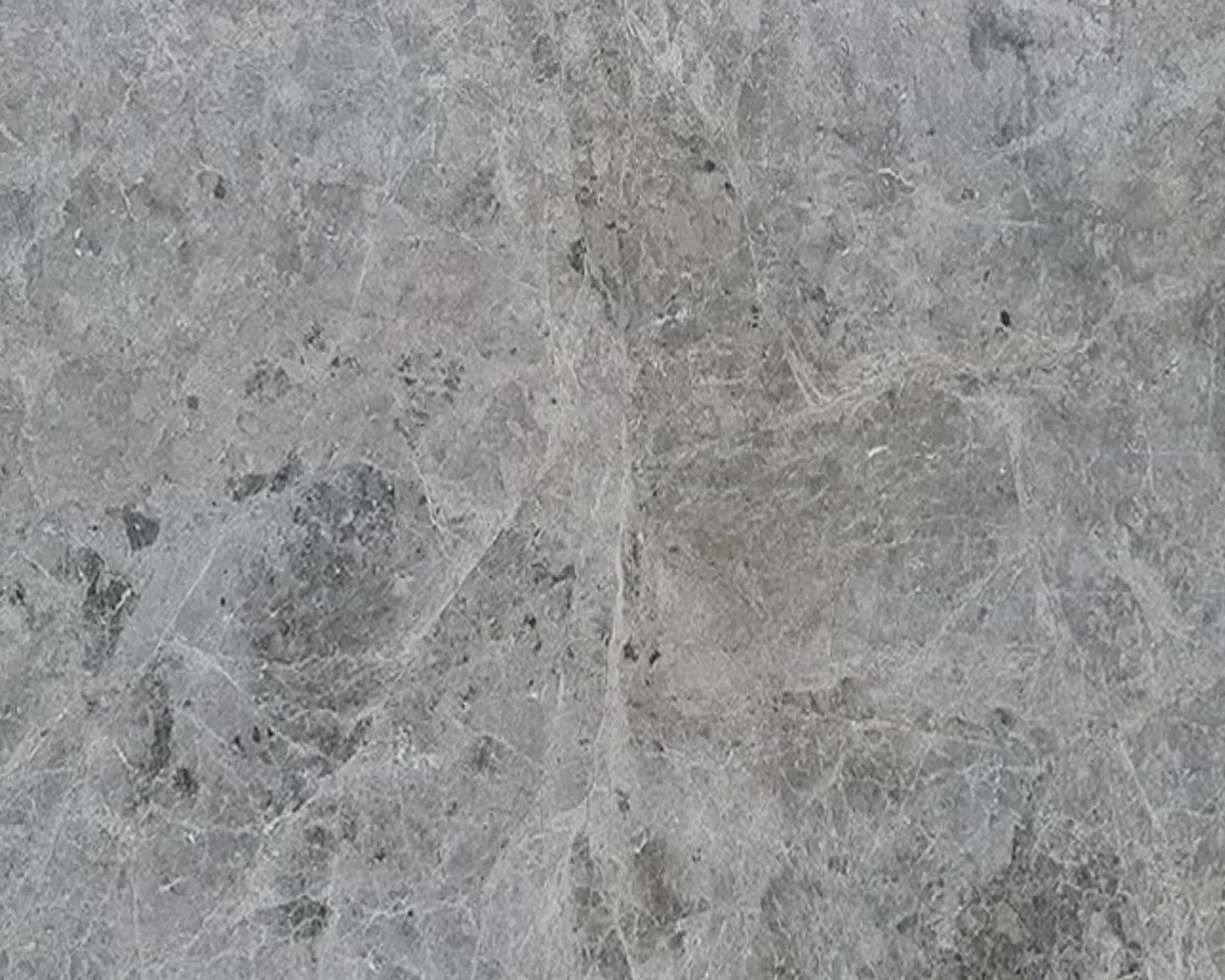 Tundra Gray (Atlantic Gray) Marble
Tundra Gray (Atlantic Gray) Marble Valencia Travertine
Valencia Travertine Valerenga Travertine
Valerenga Travertine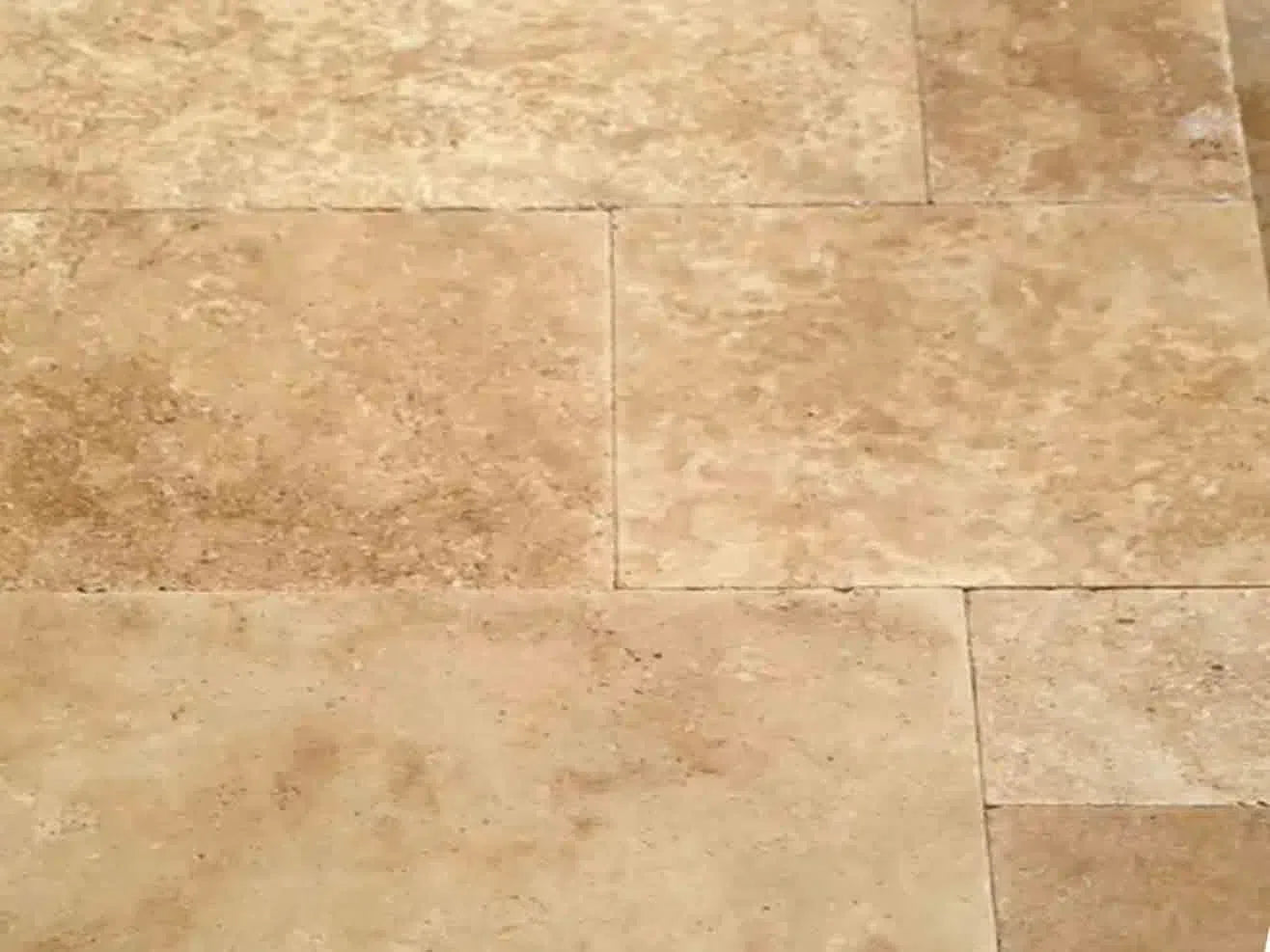 Walnut Travertine
Walnut Travertine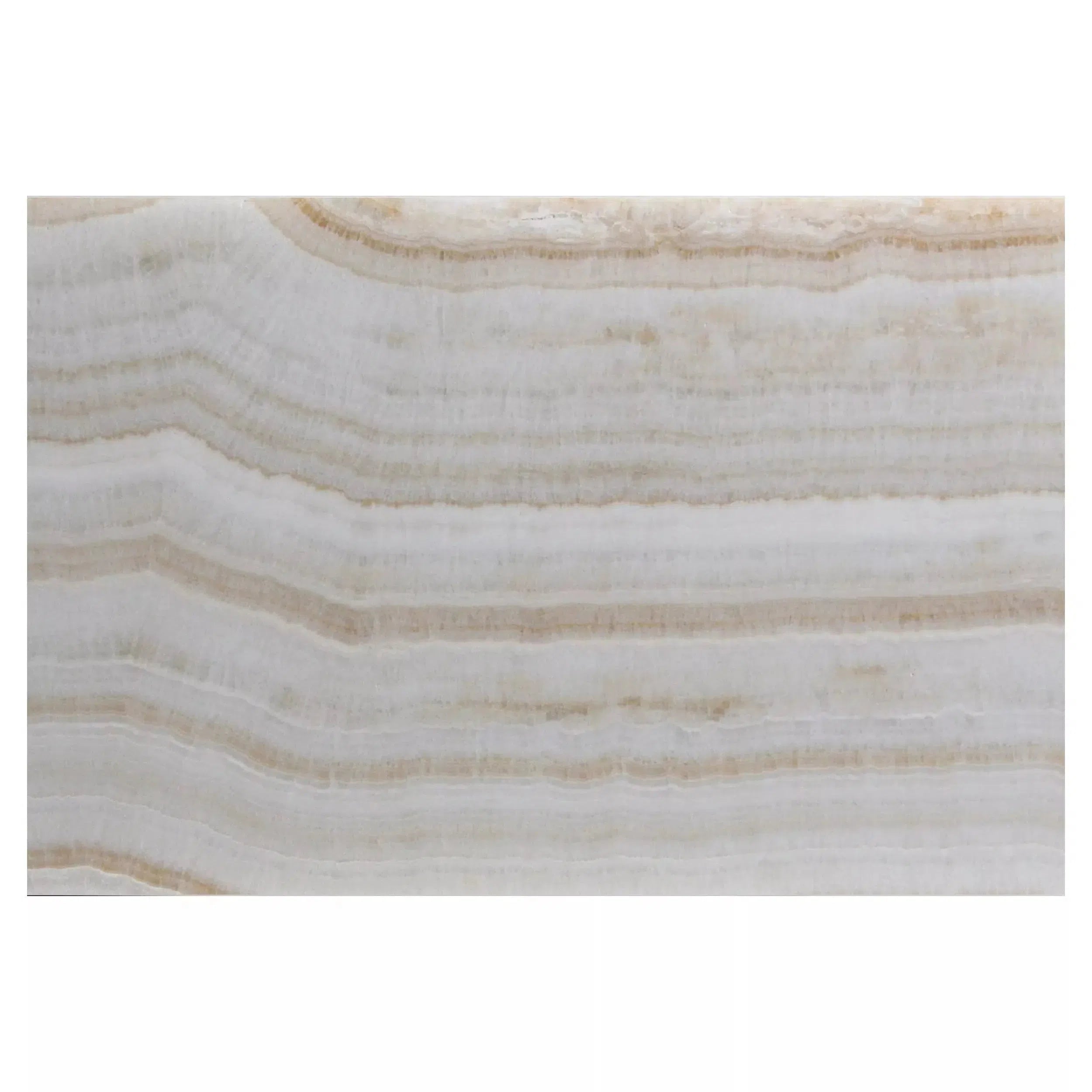 White Onyx Marble
White Onyx Marble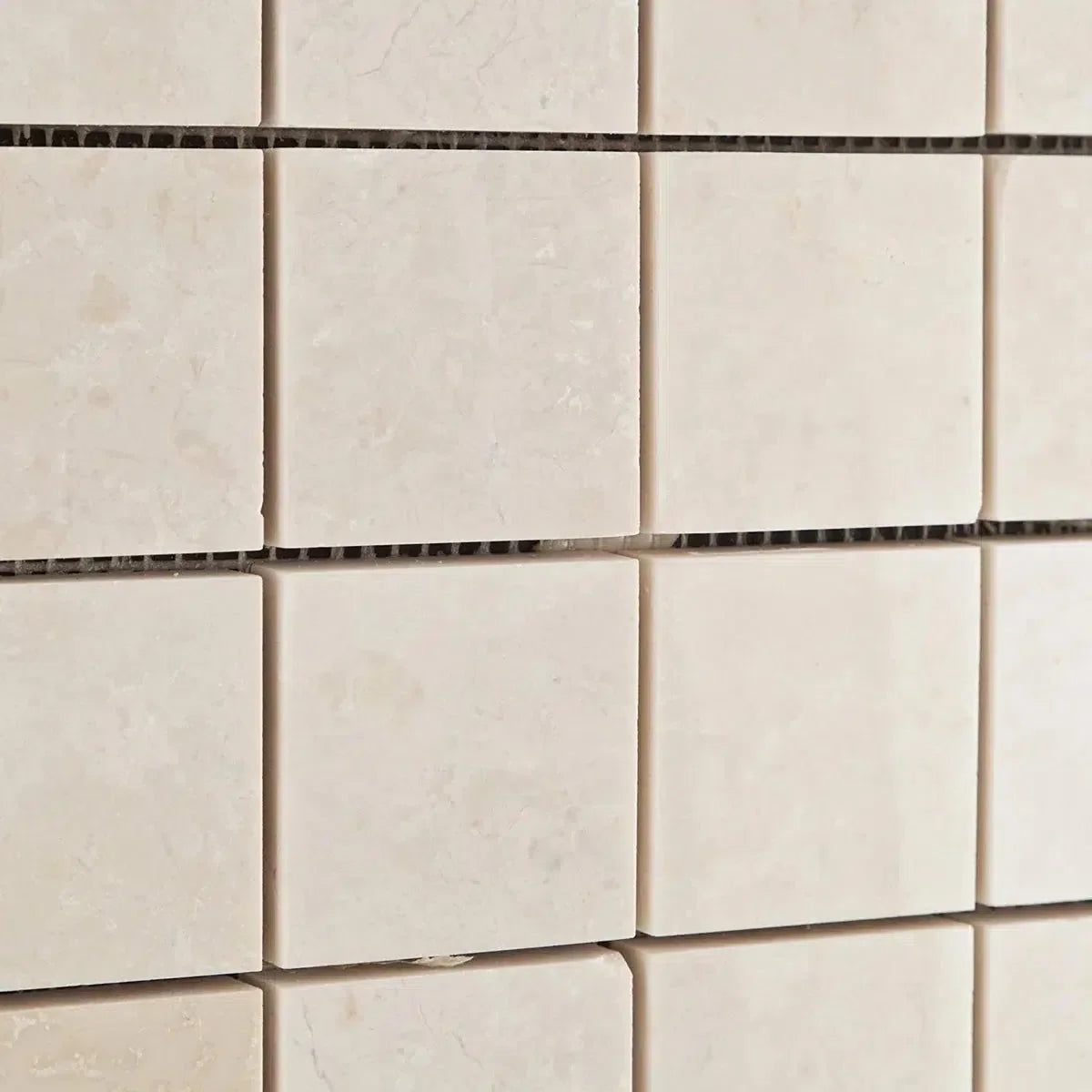 White Pearl/Botticino Beiege Marble
White Pearl/Botticino Beiege Marble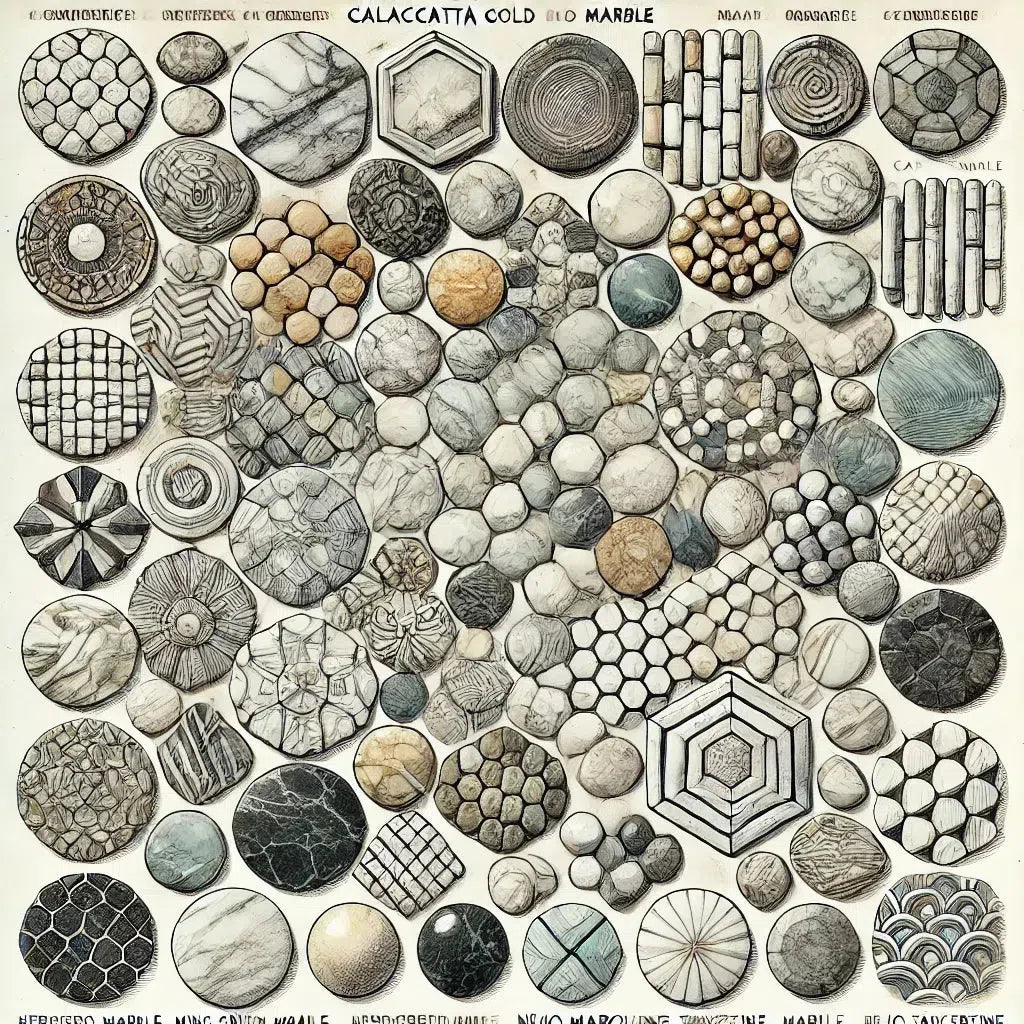 Shop By Type
Shop By Type
 Marble Tiles
Marble Tiles Marble Mosaic
Marble Mosaic Travertine Tiles
Travertine Tiles Travertine Mosaic
Travertine Mosaic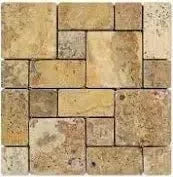 4 pcs Versailles Pattern / French Pattern Set
4 pcs Versailles Pattern / French Pattern Set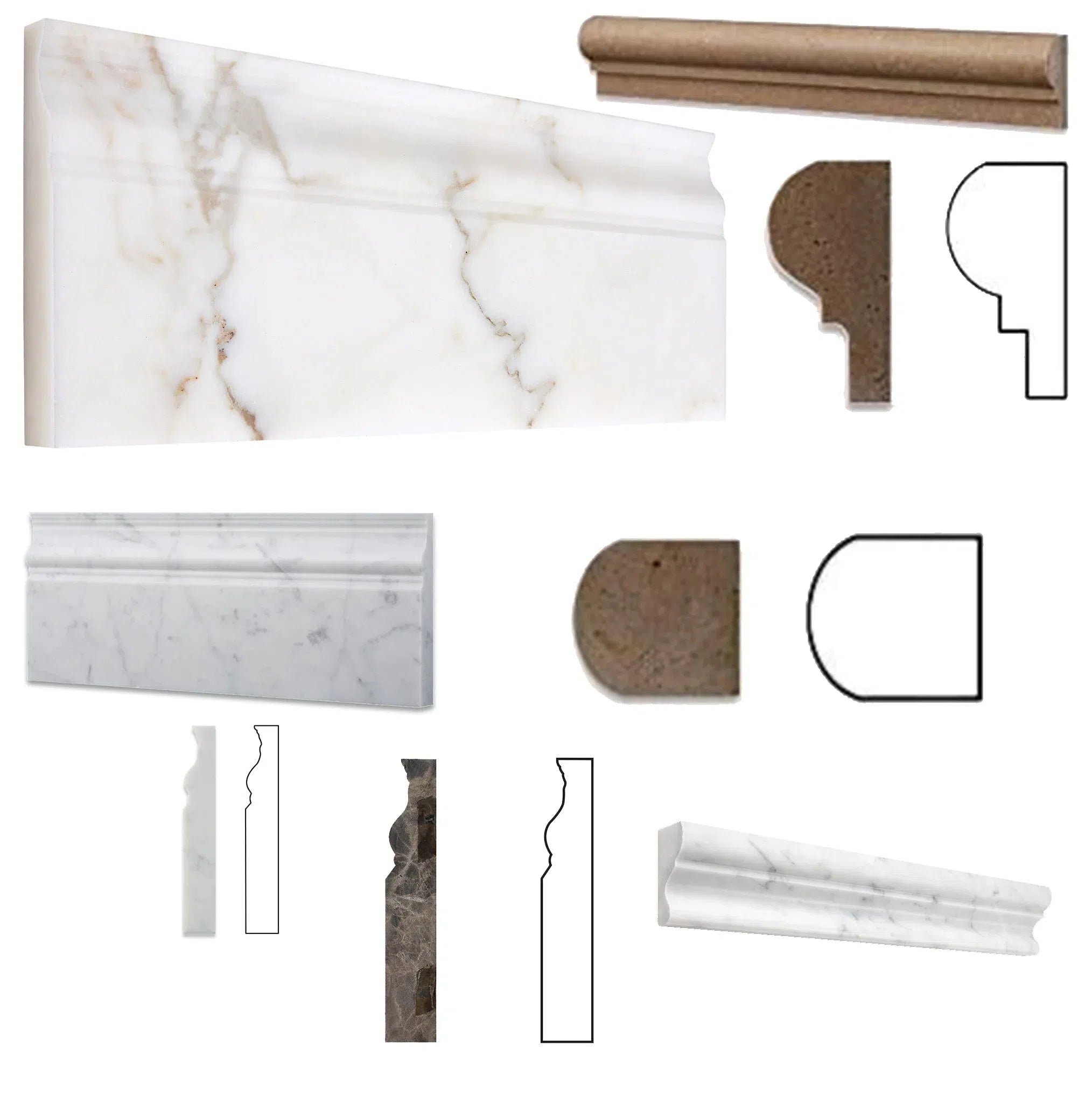 Molding/Trim
Molding/Trim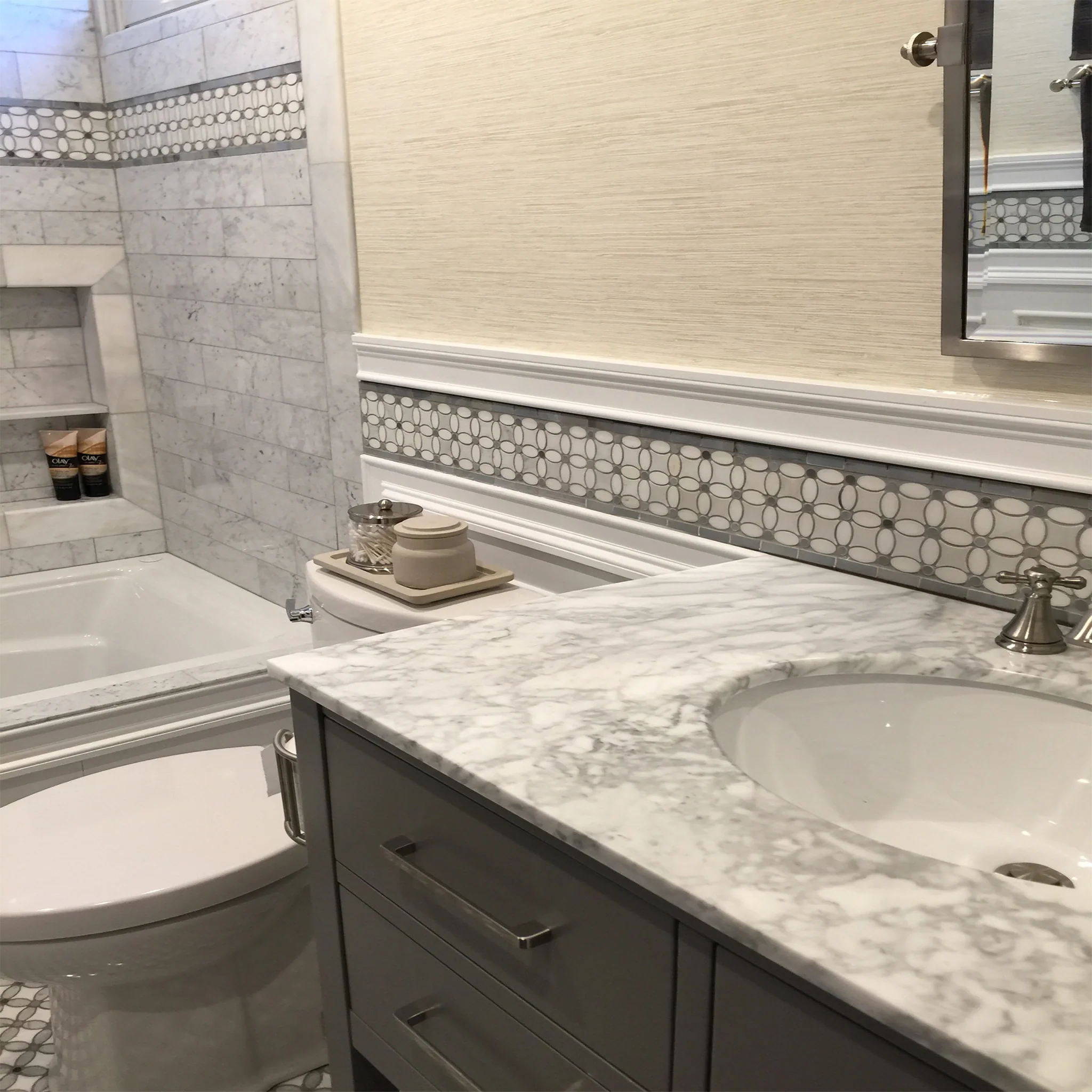 Border/Listello
Border/Listello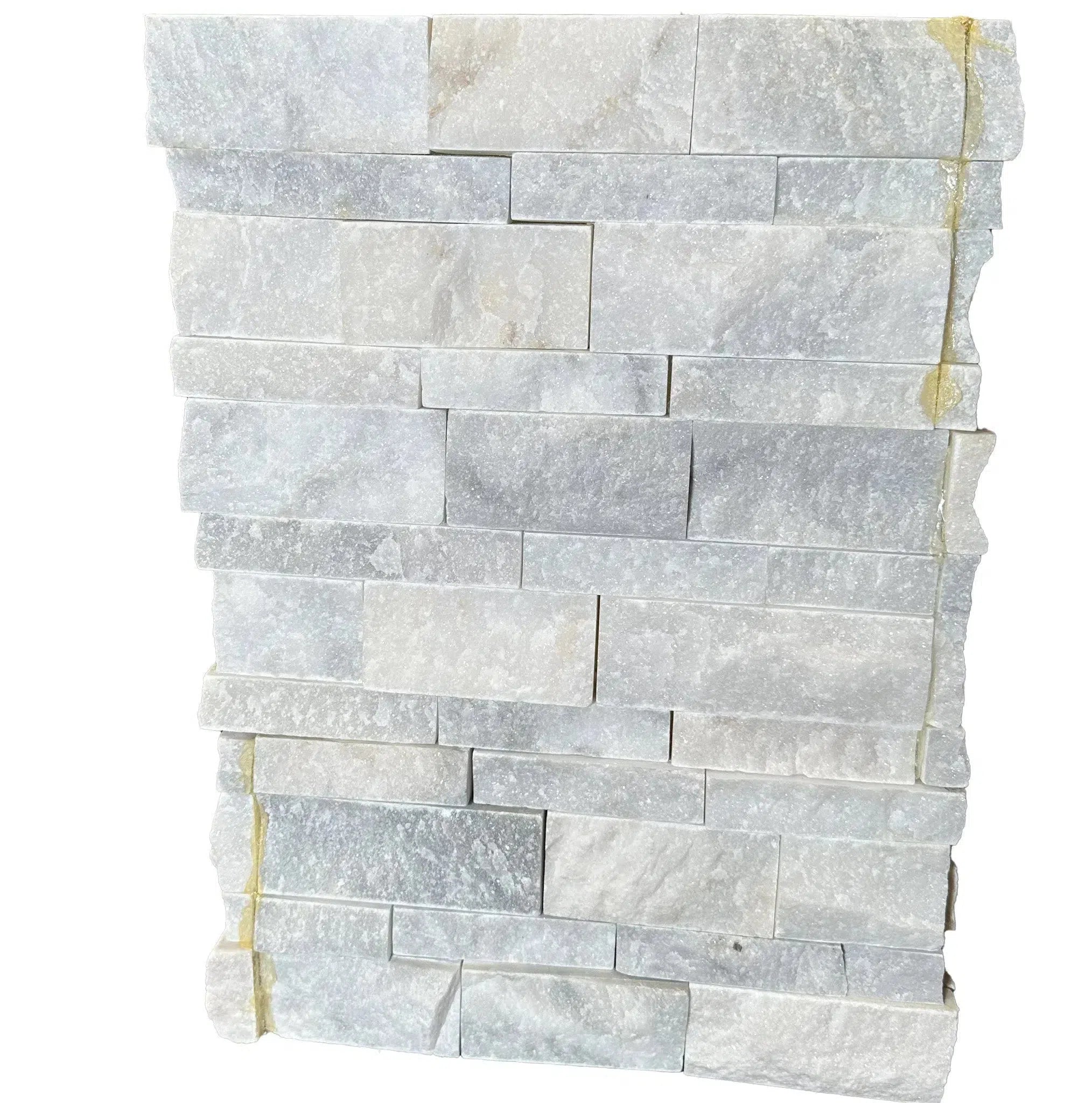 Ledger-Panel
Ledger-Panel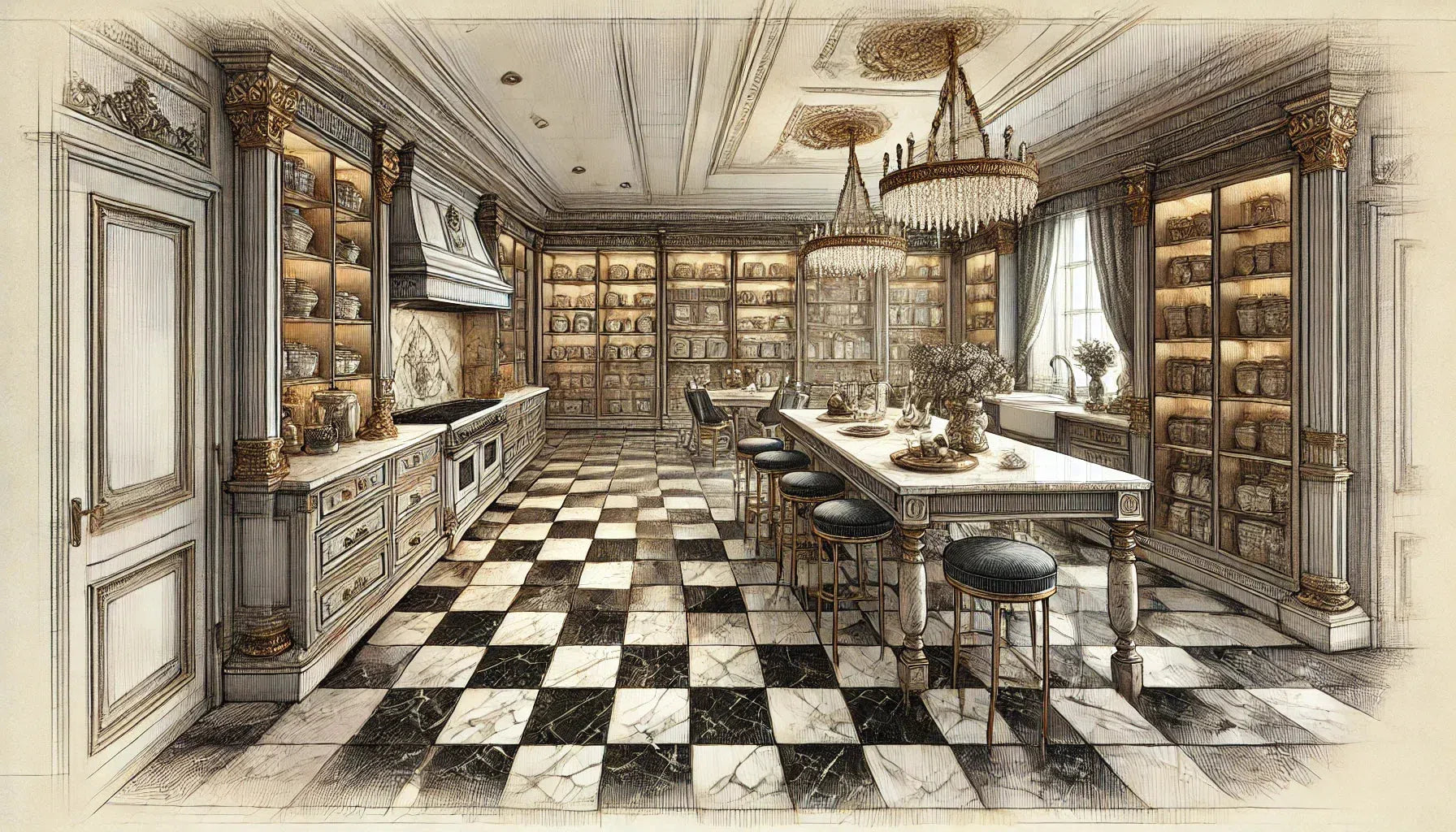 Checkerboard
Checkerboard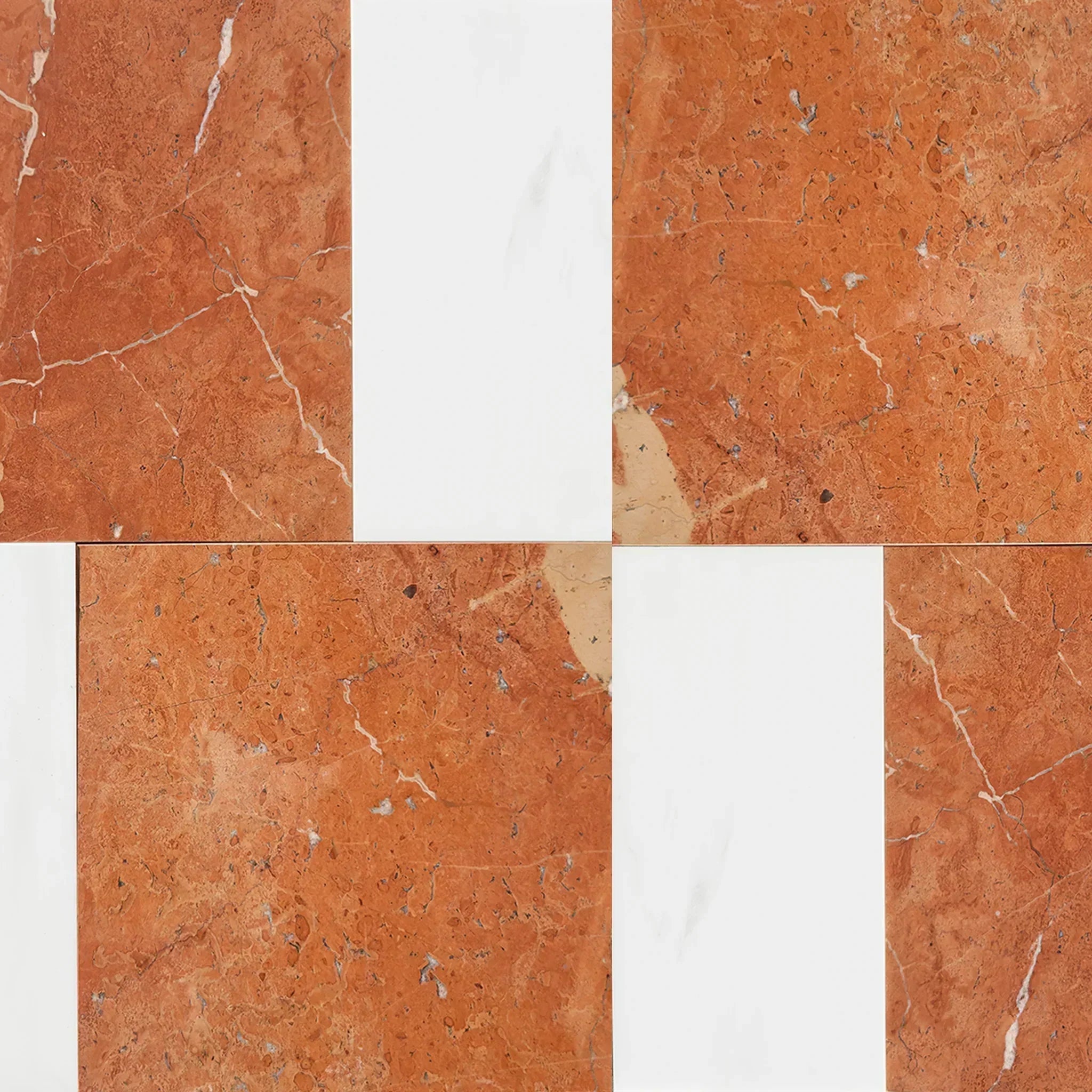 Patterned Tile Collection
Patterned Tile Collection  Shop By Finish
Shop By Finish
 Polished
Polished Honed
Honed Brushed
Brushed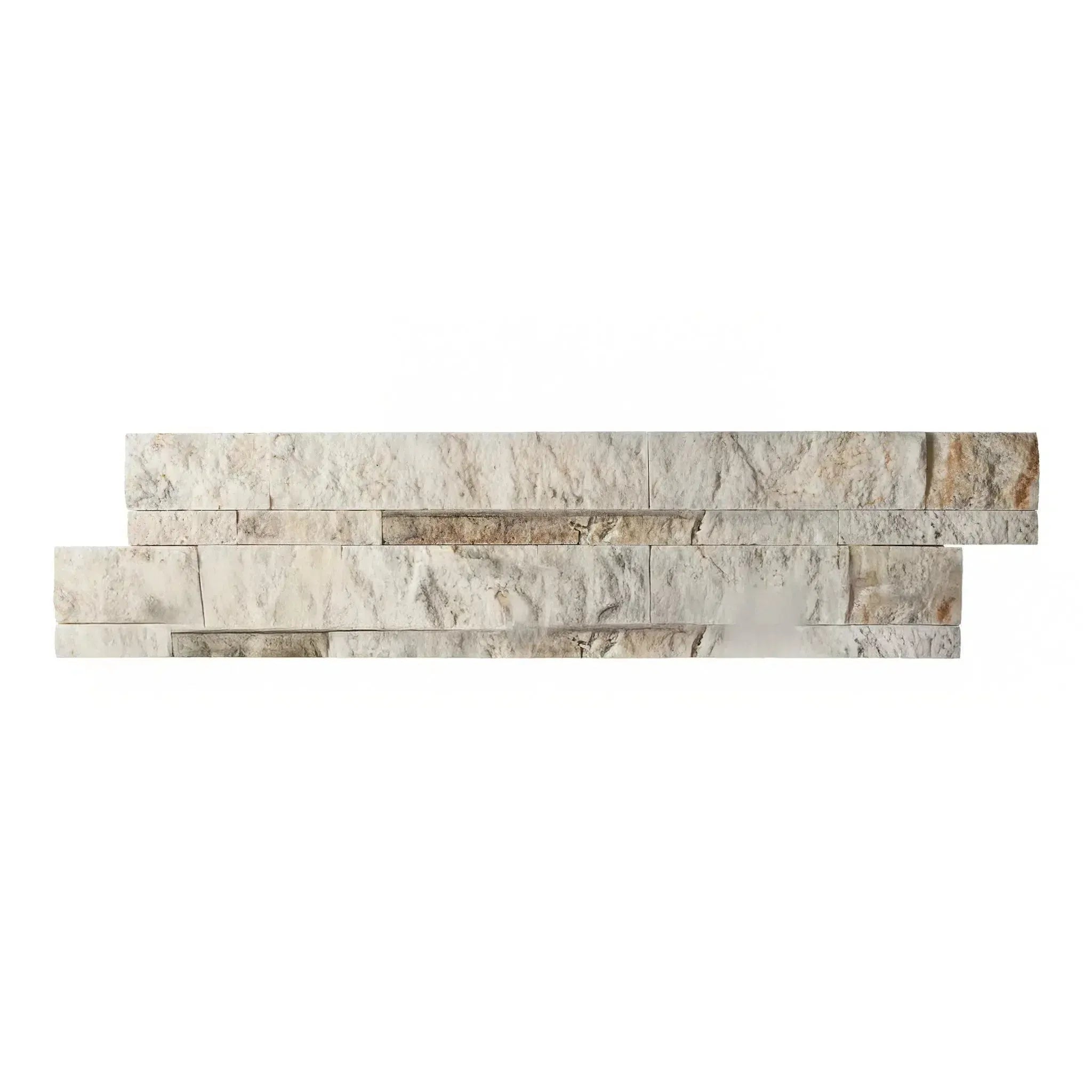 Split Face
Split Face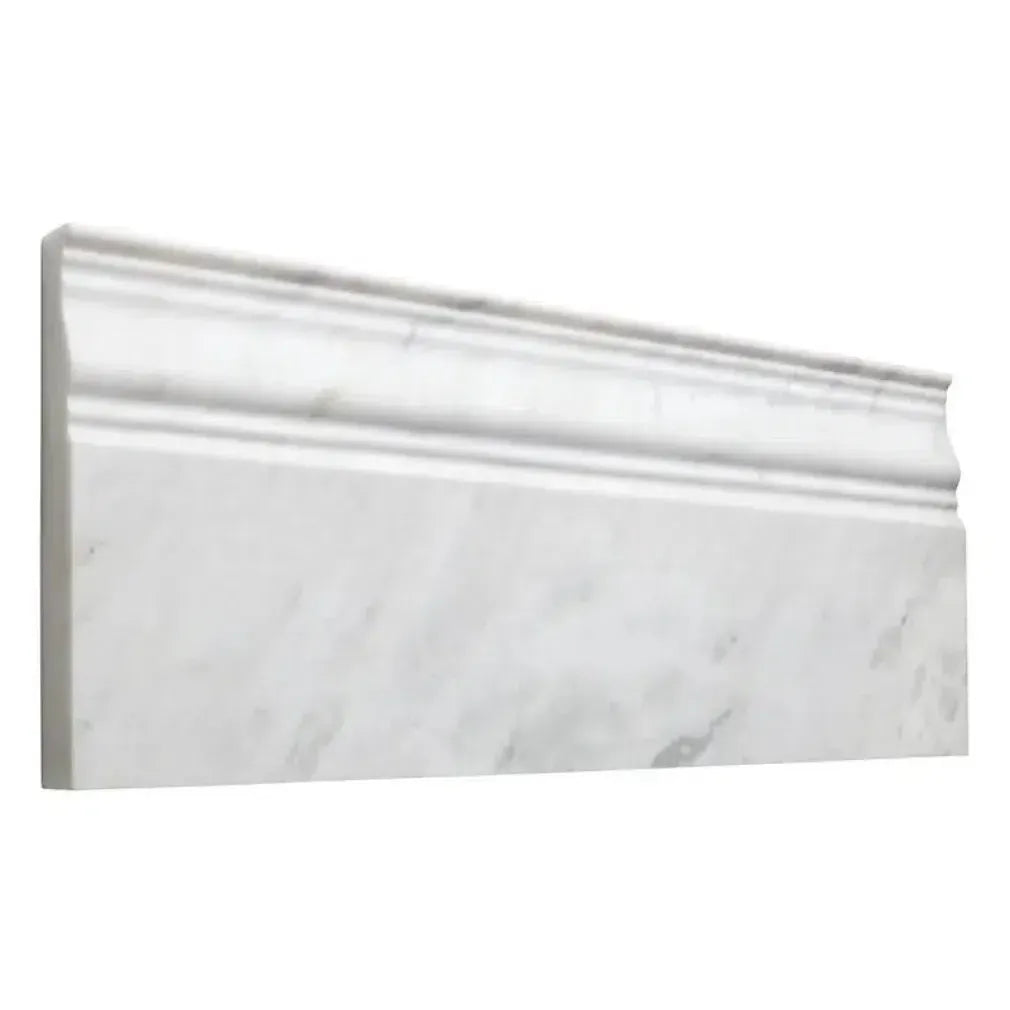 Textured
Textured Tumbled
Tumbled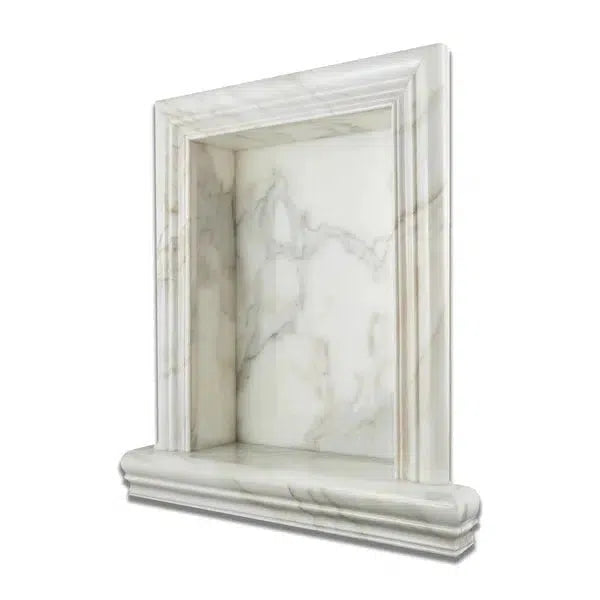 Accessories
Accessories
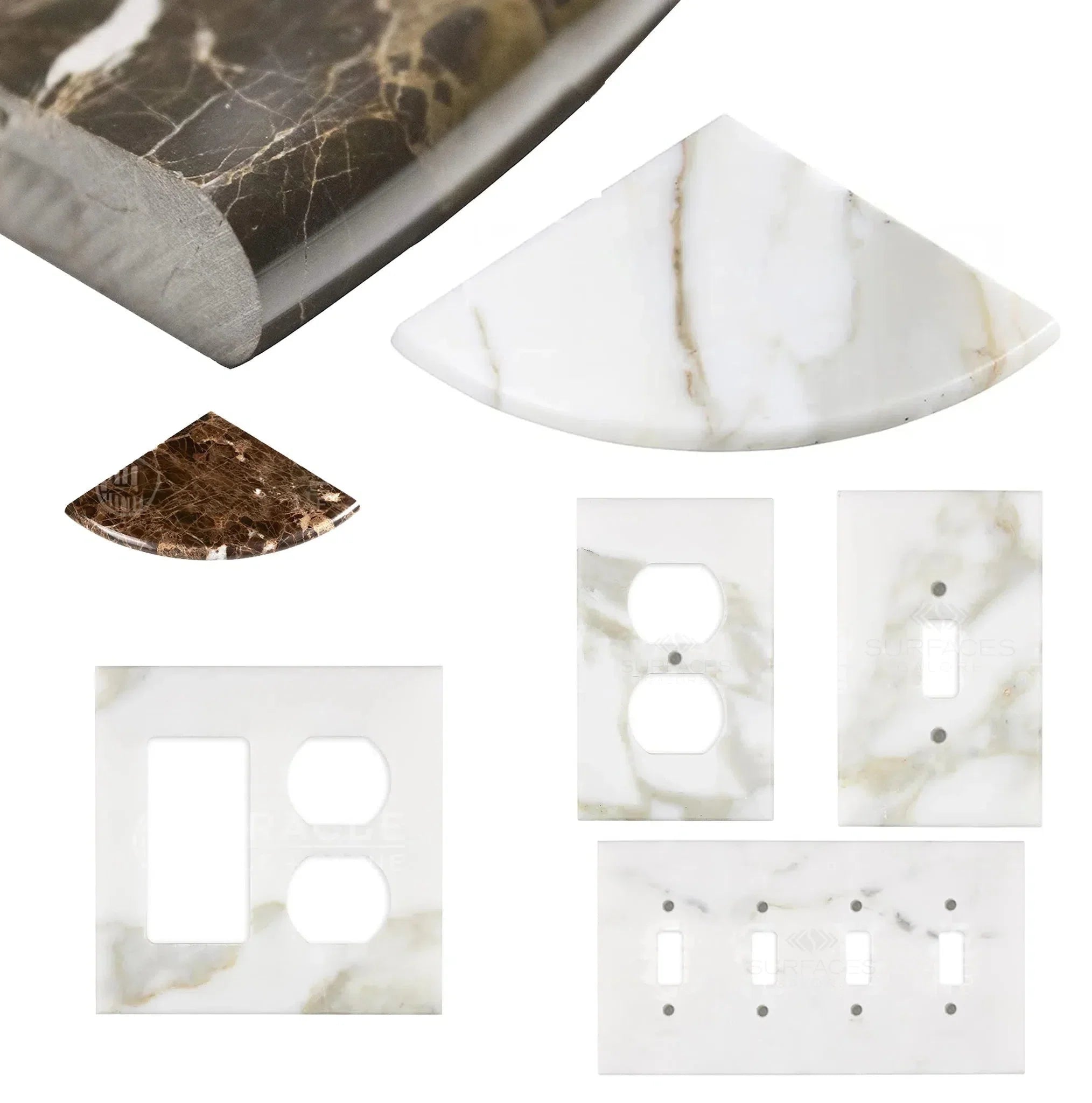 Wall Plate / Switch Plate
Wall Plate / Switch Plate Shampoo Niche
Shampoo Niche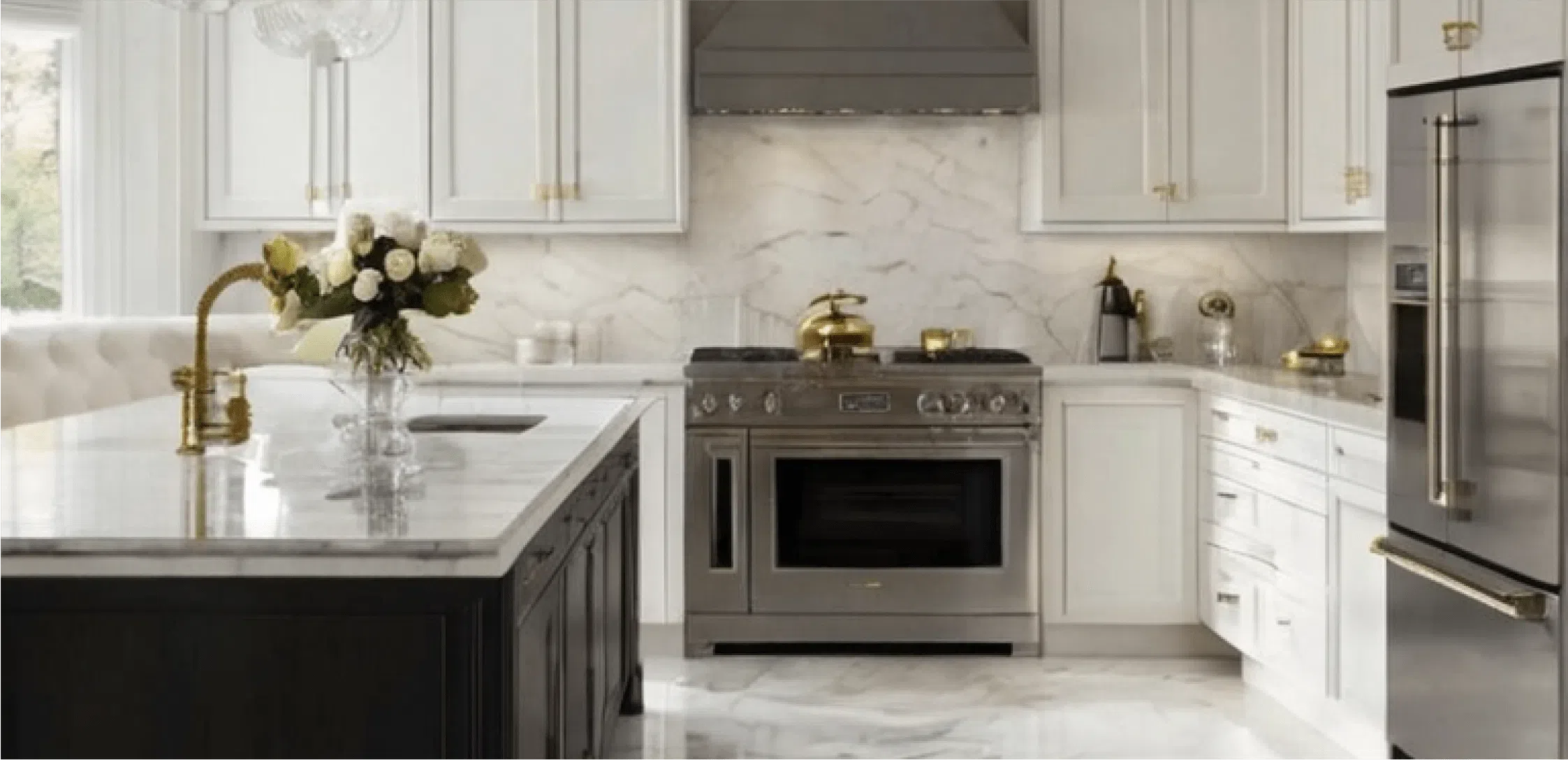 Corner Shelf
Corner Shelf Clearance
Clearance





Leave a comment